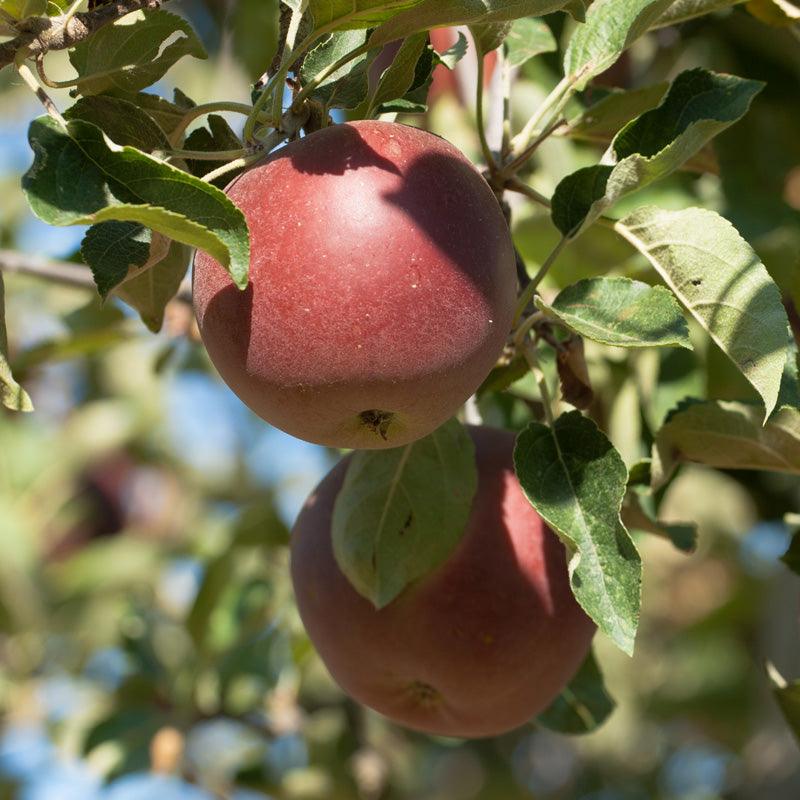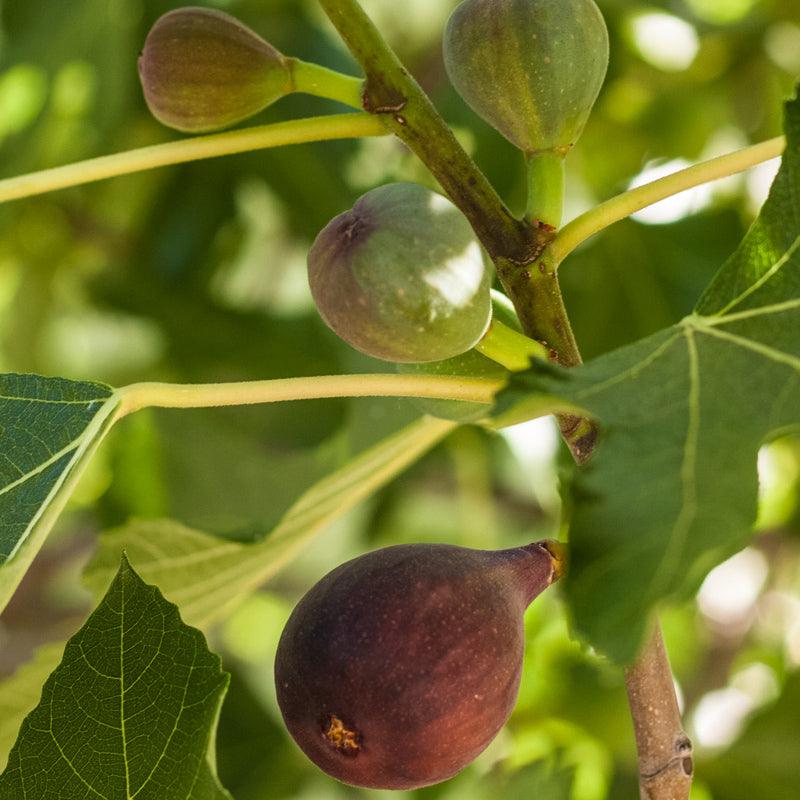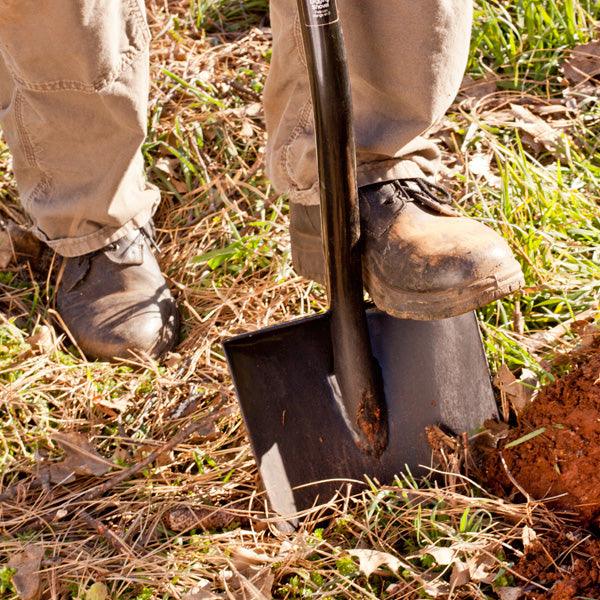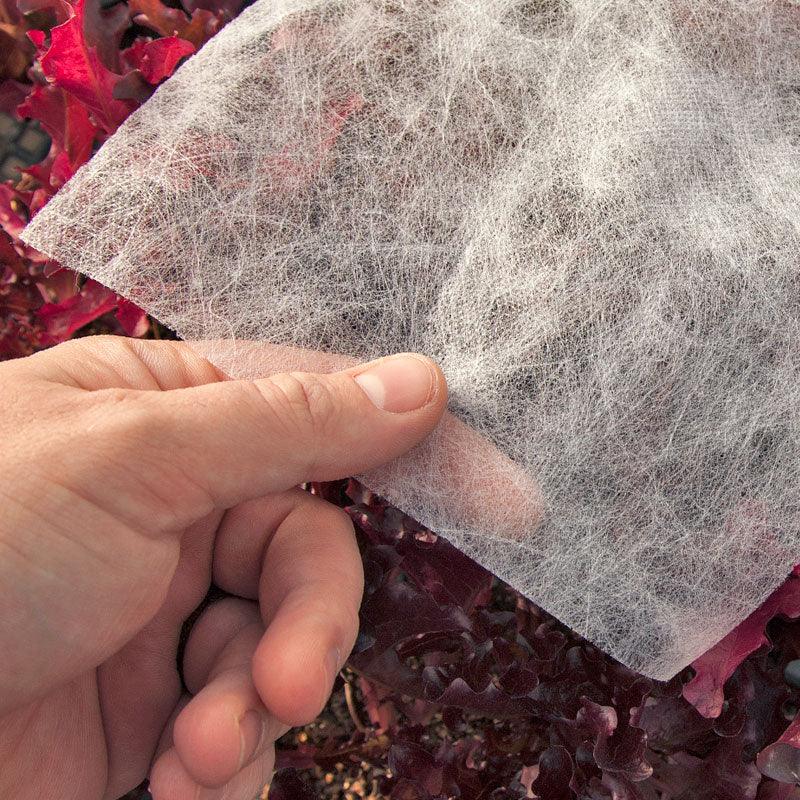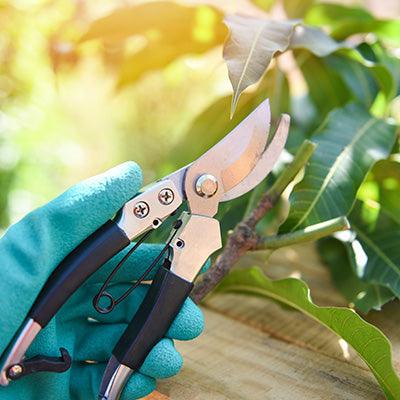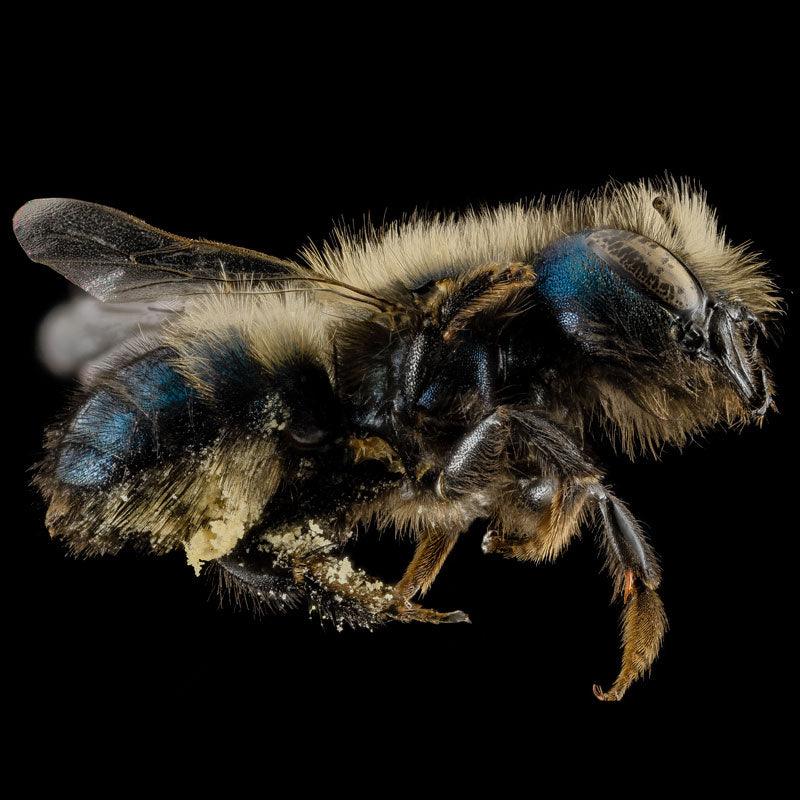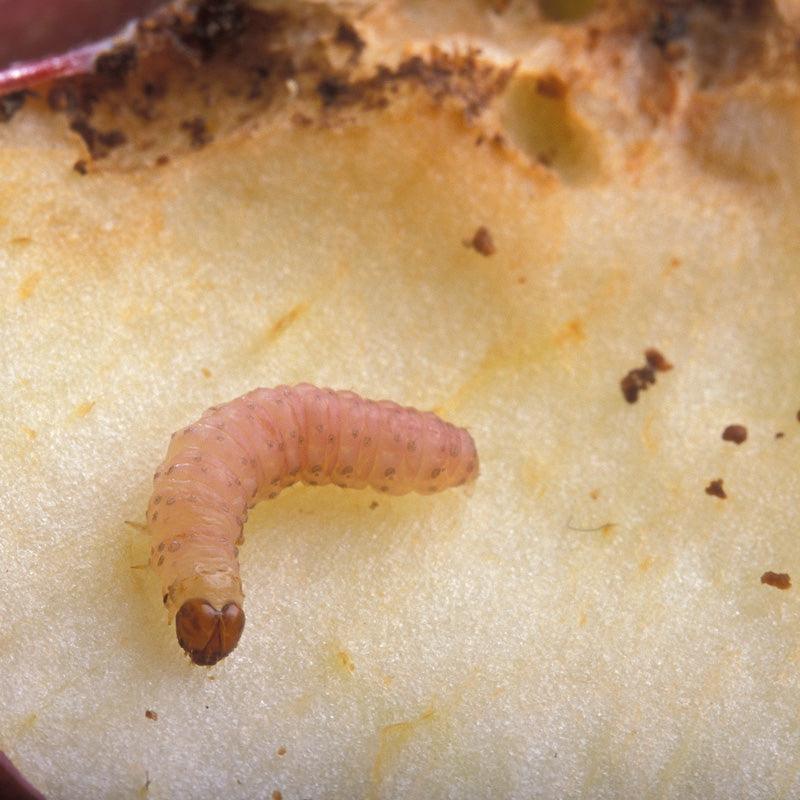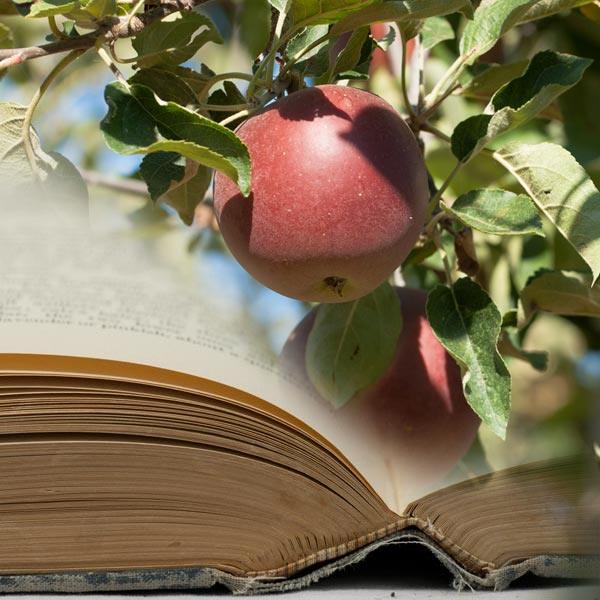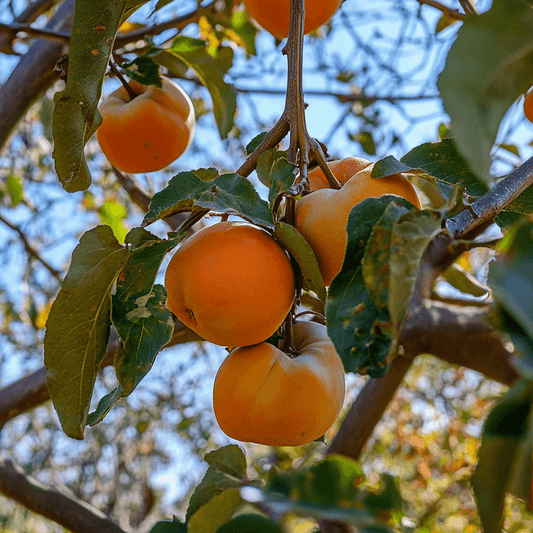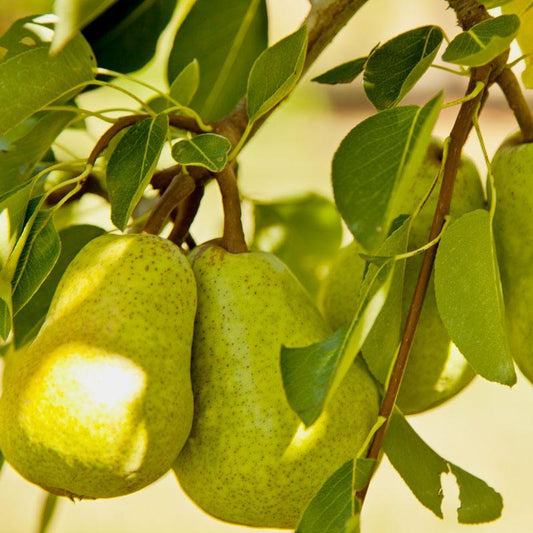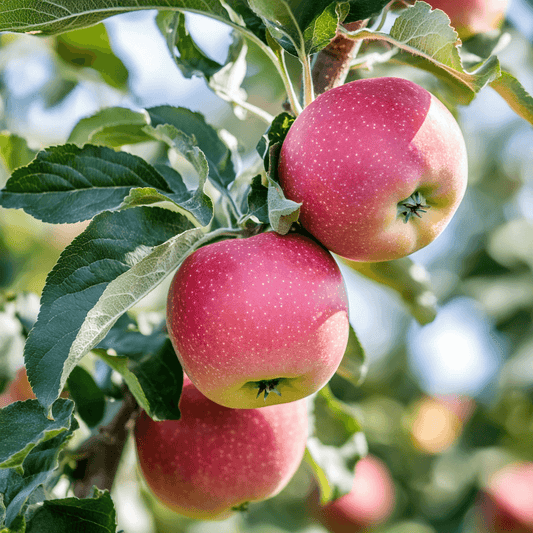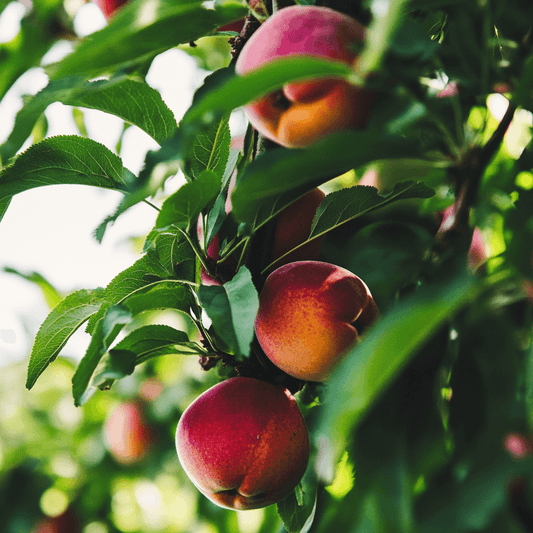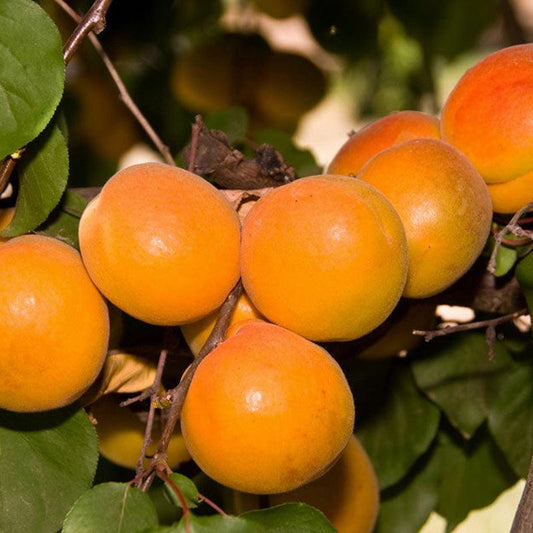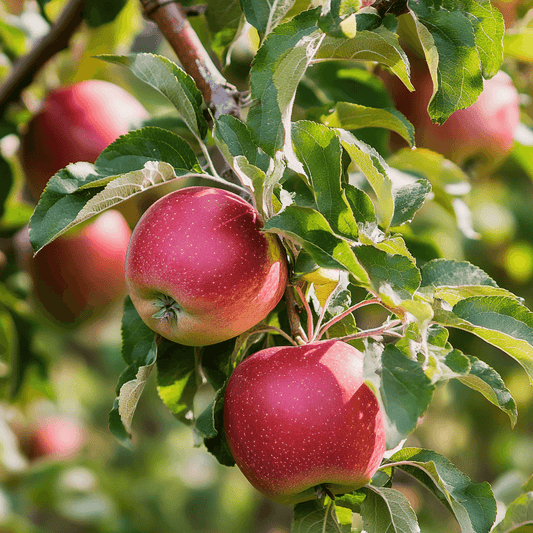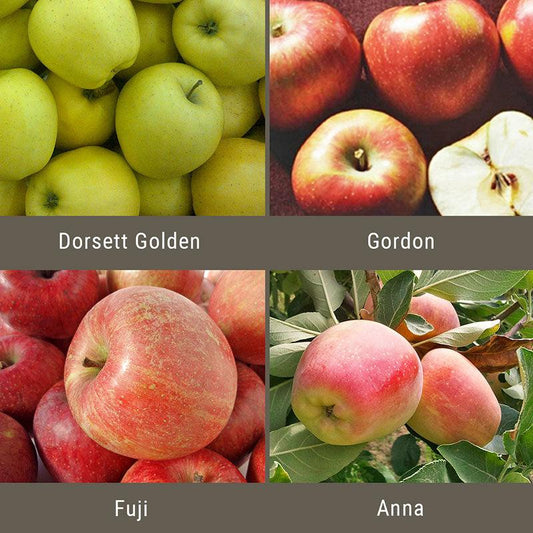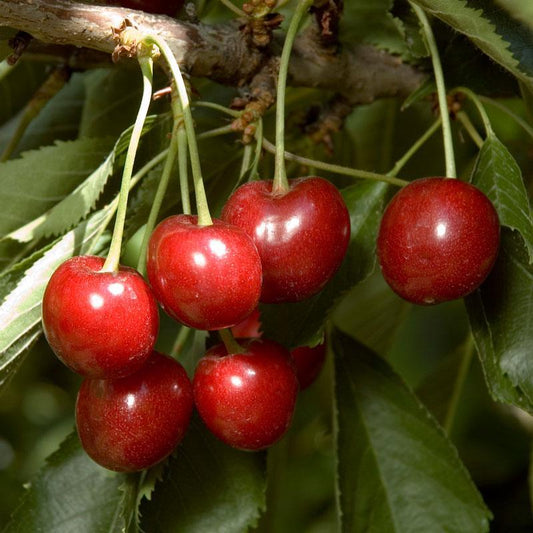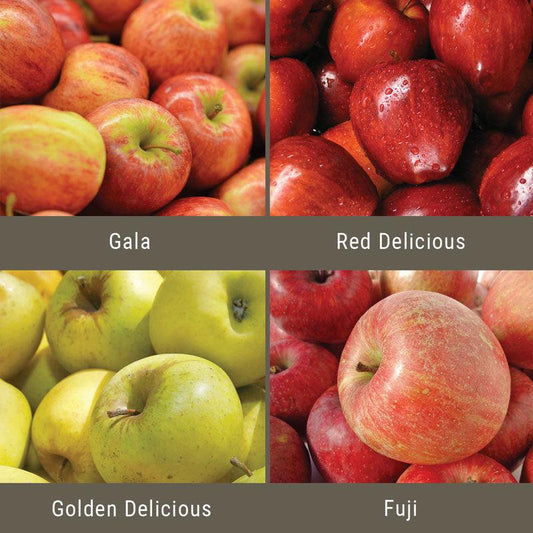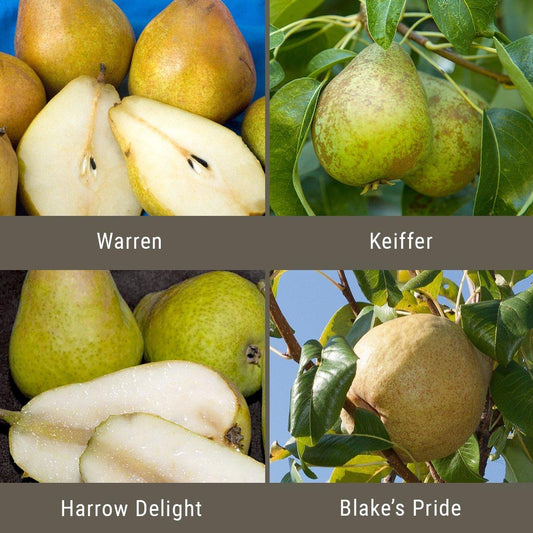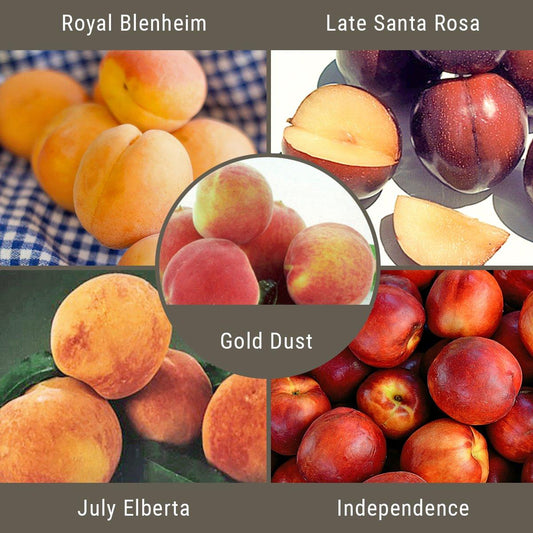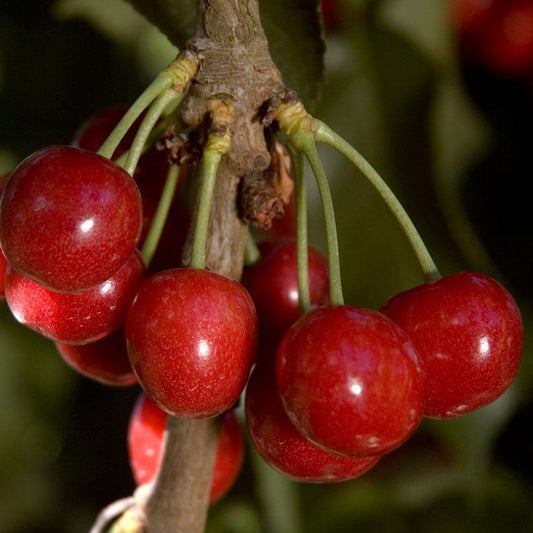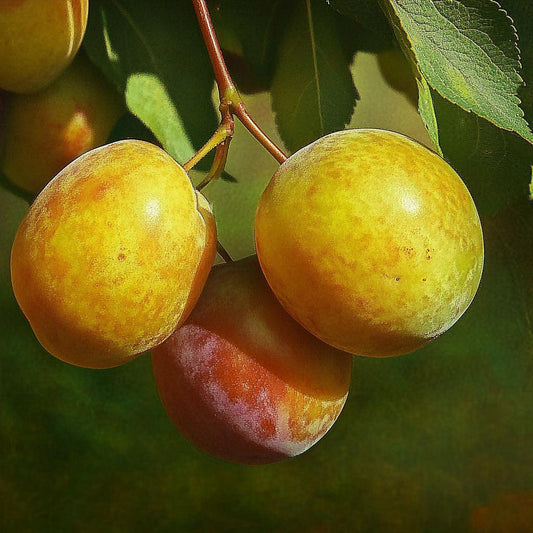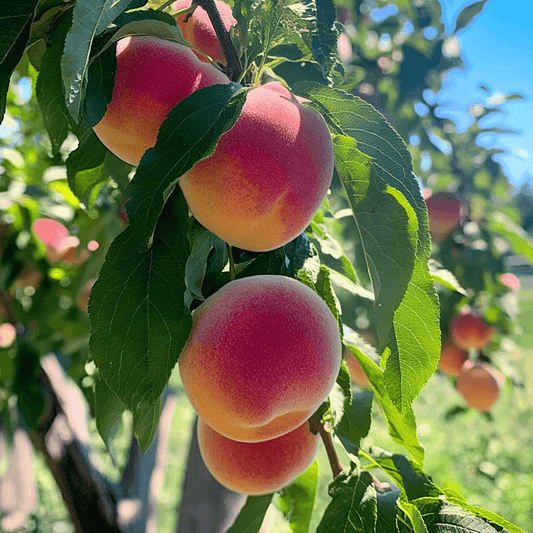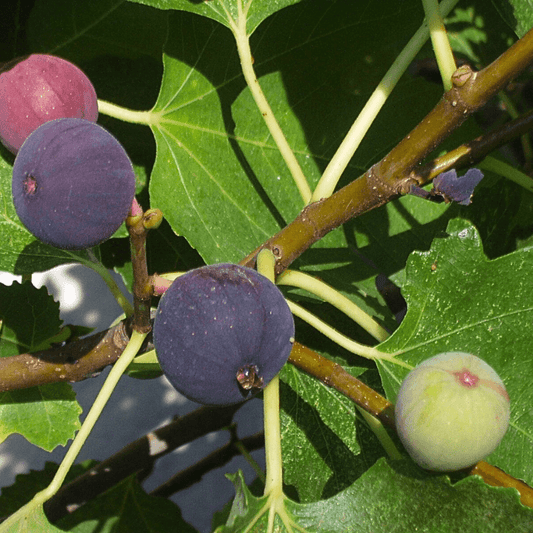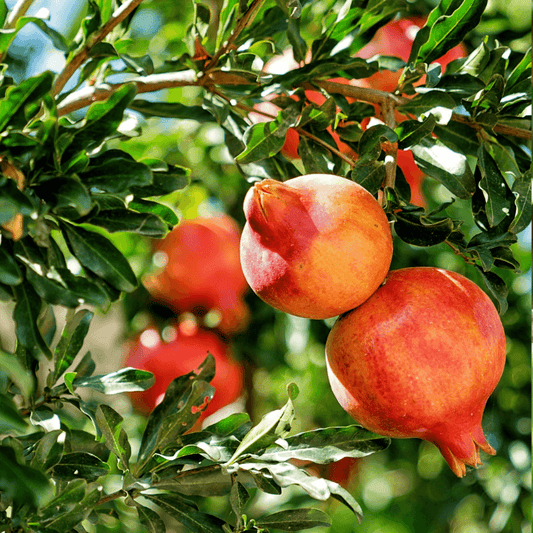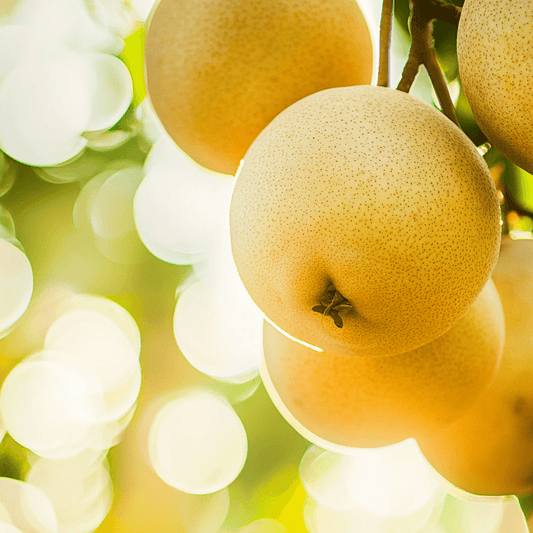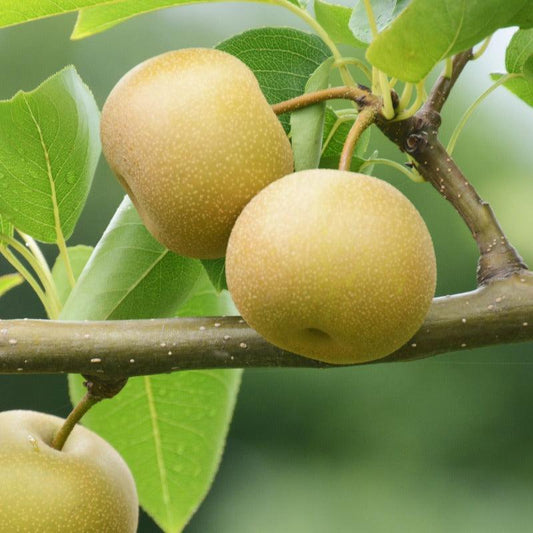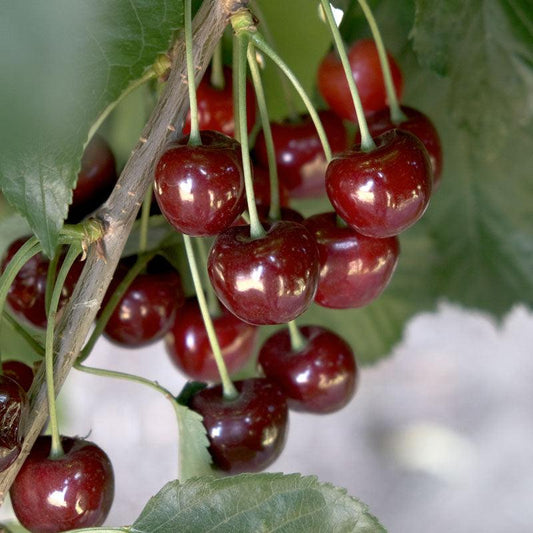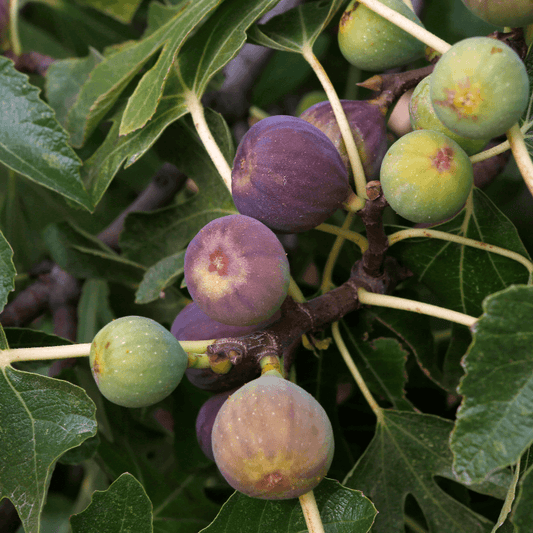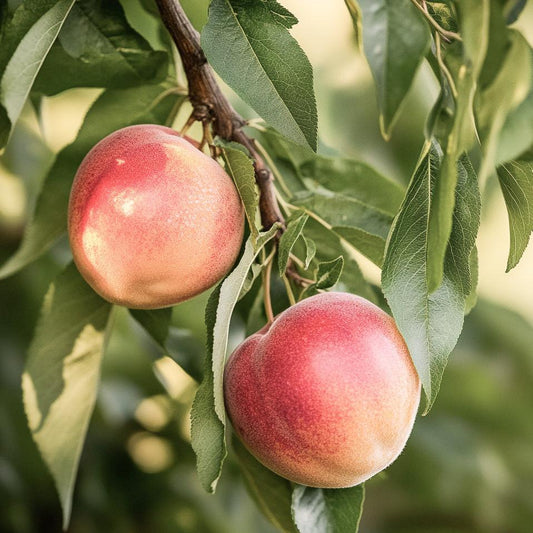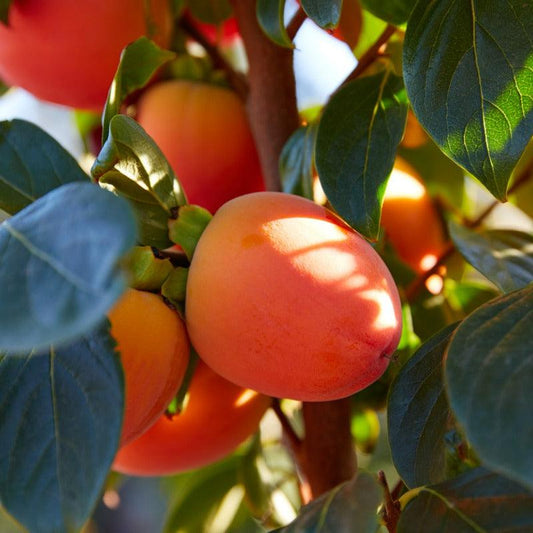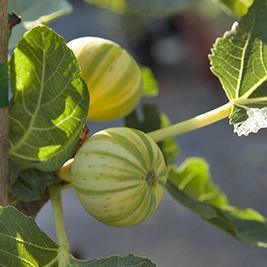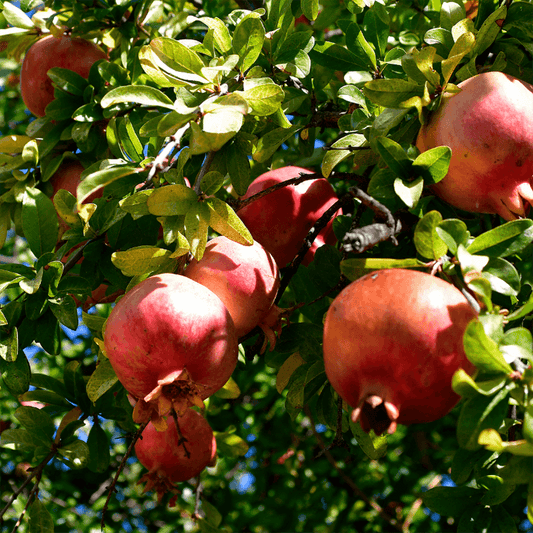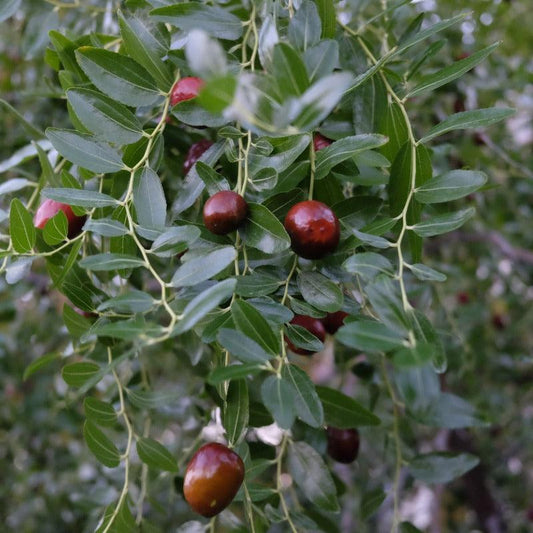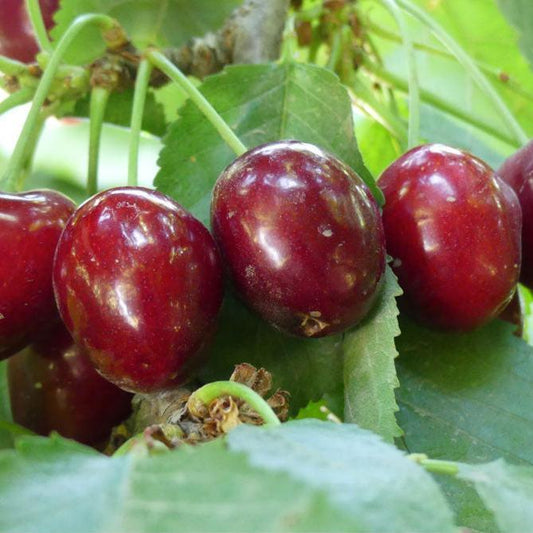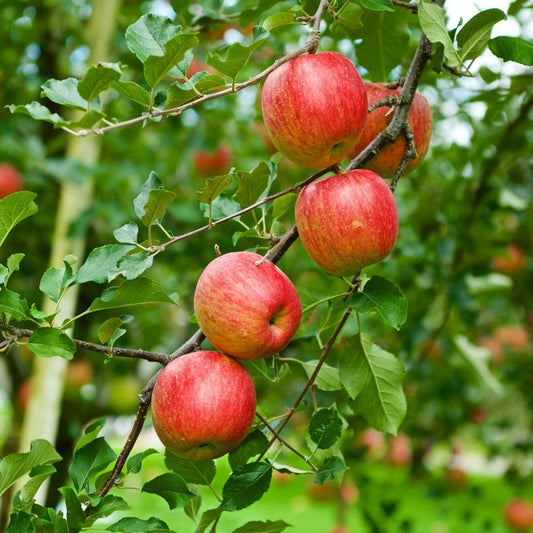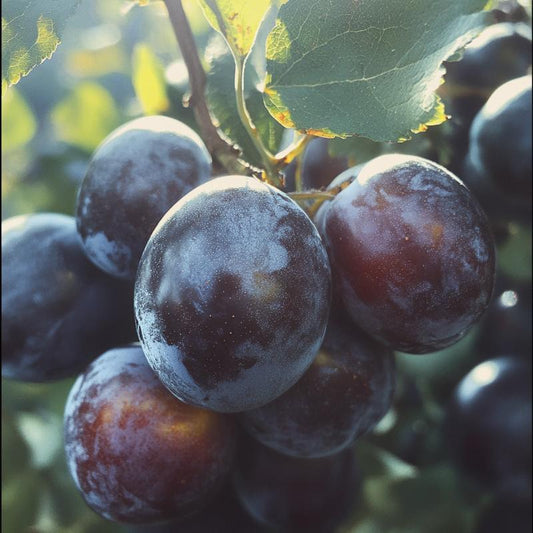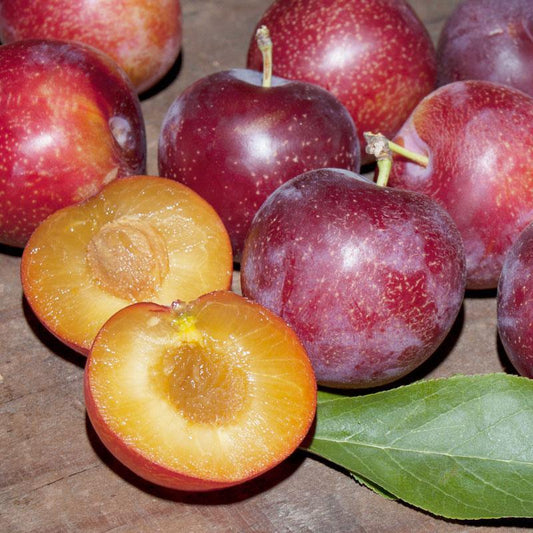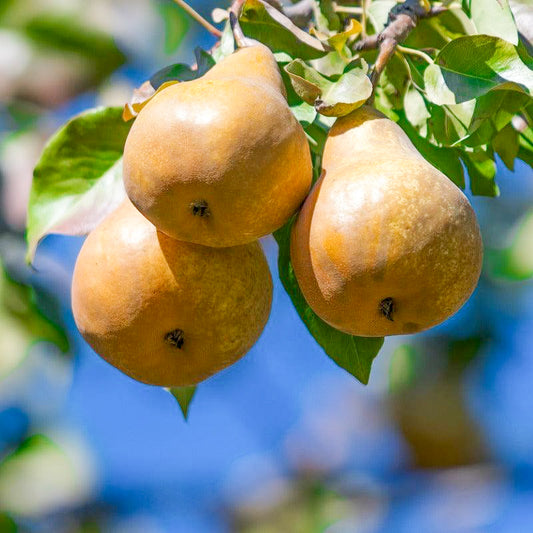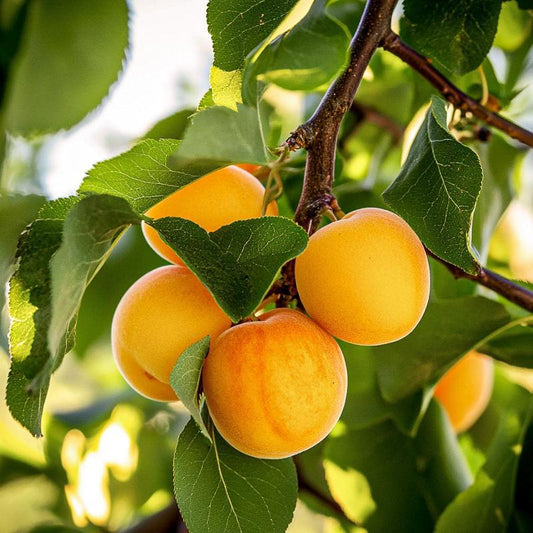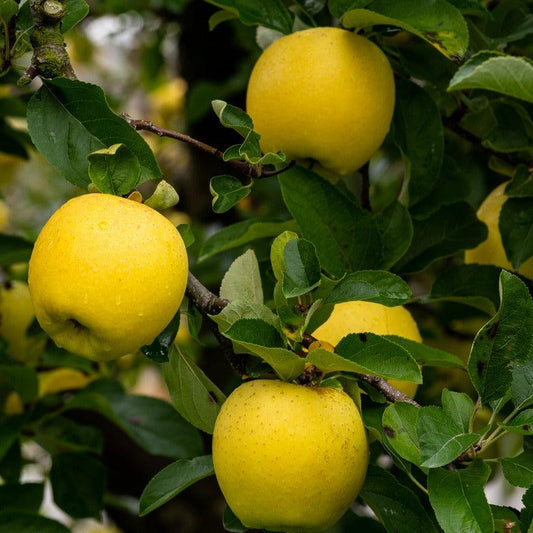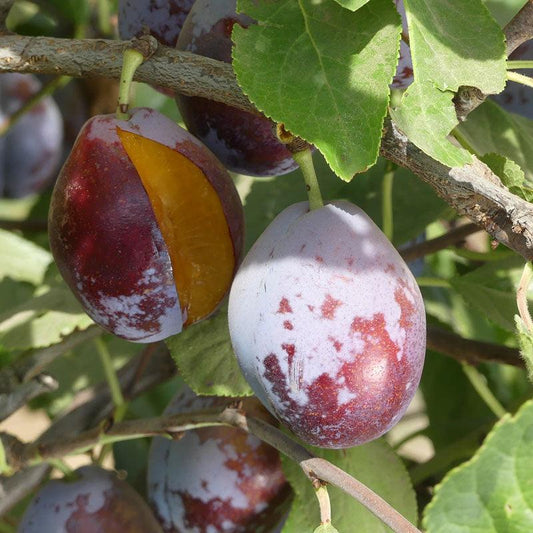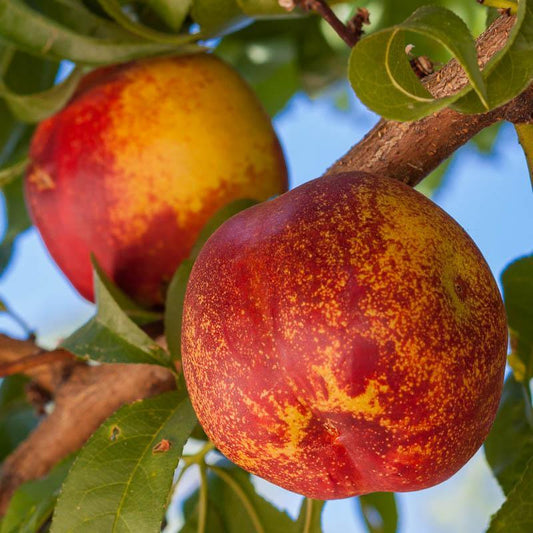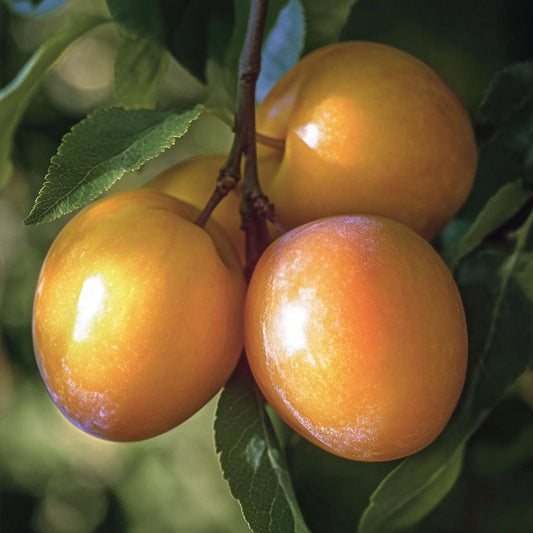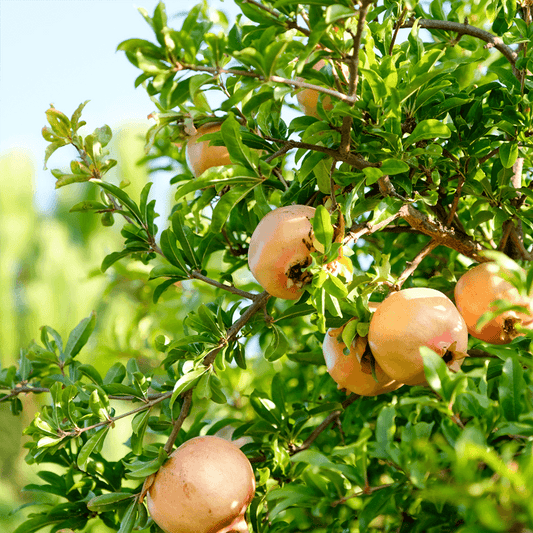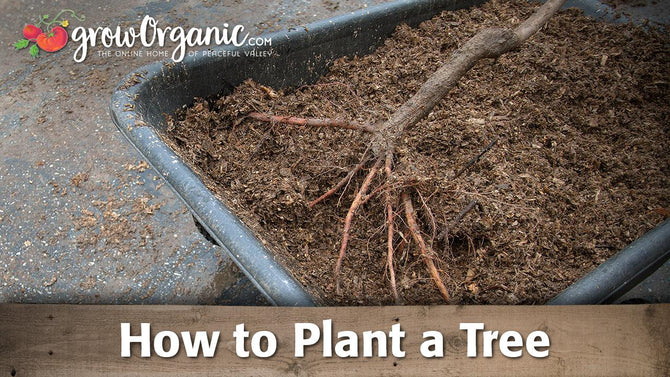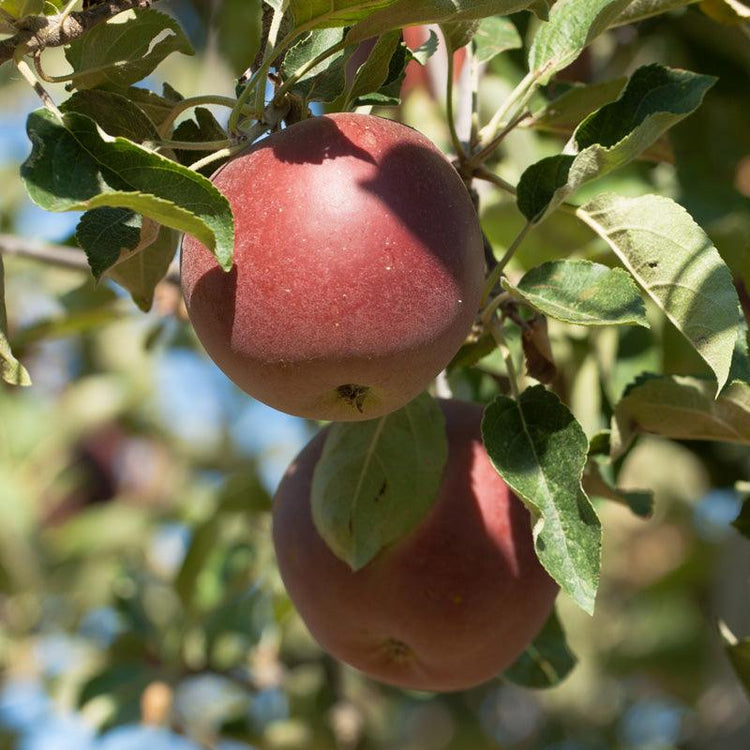Bare Root Tree Collections
-
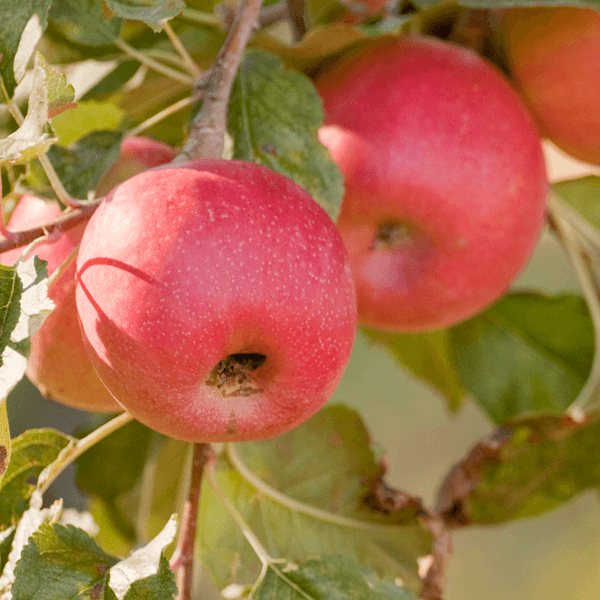
All Bare Root Trees
Explore our wide selection of bare root trees, including apples, pears, cherries,...
-
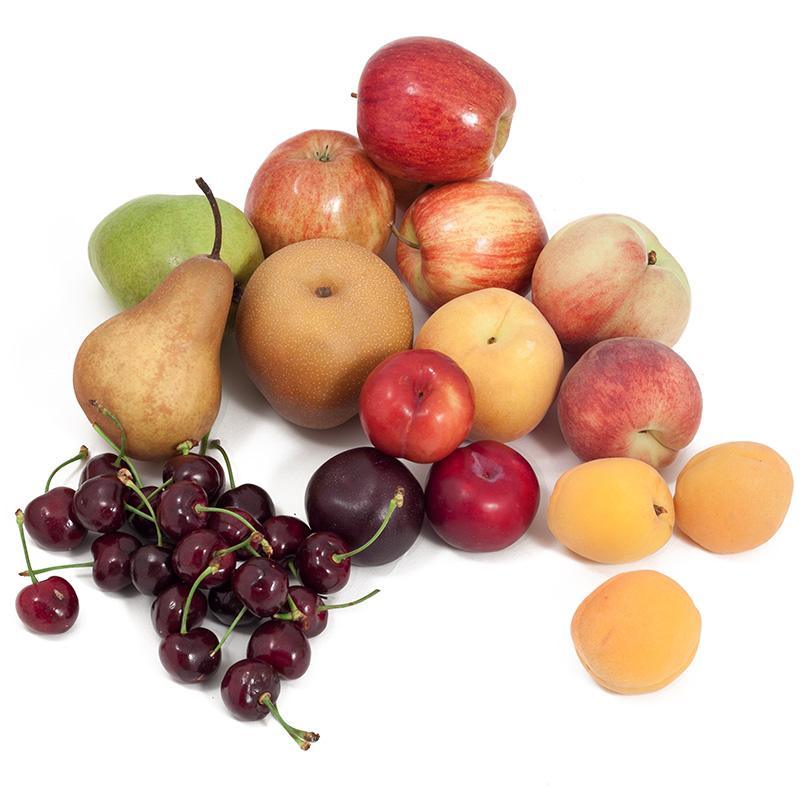
Multi-Graft Trees
If you want to enjoy different kinds of fruit from a single...
-
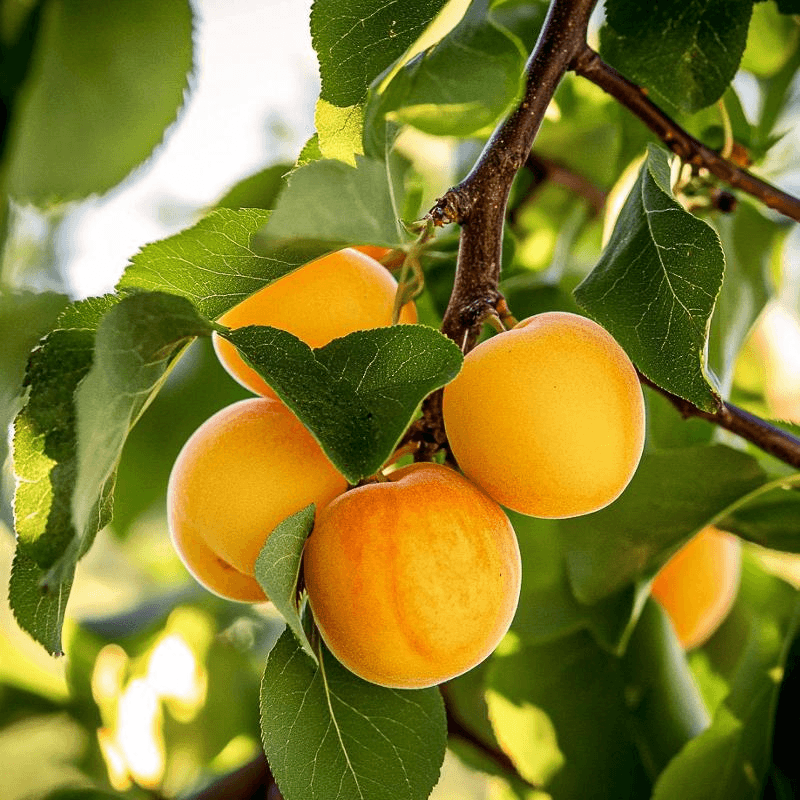
Low Chill Bare Root Trees
Welcome to our Low Chill Bare Root Tree Collection, designed specifically for...
-
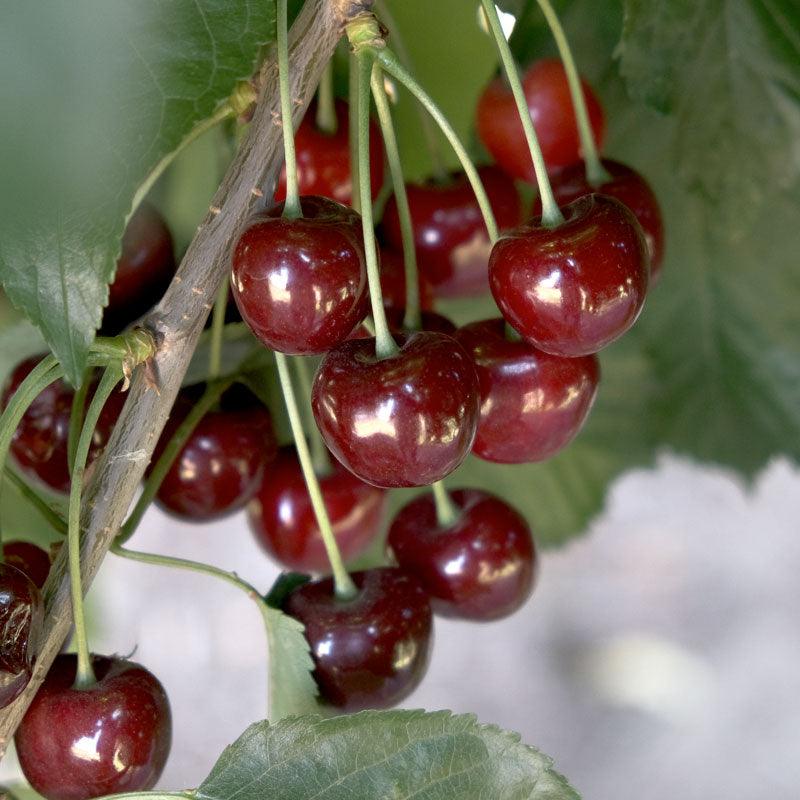
Stone Fruit trees
Welcome to the home of exquisite stone fruits, where flavor meets freshness...
-

Dwarf and Semi-Dwarf Trees
Dwarf and semi-dwarf fruit trees are ideal for gardeners who want abundant...
Fruit Tree Varieties
-
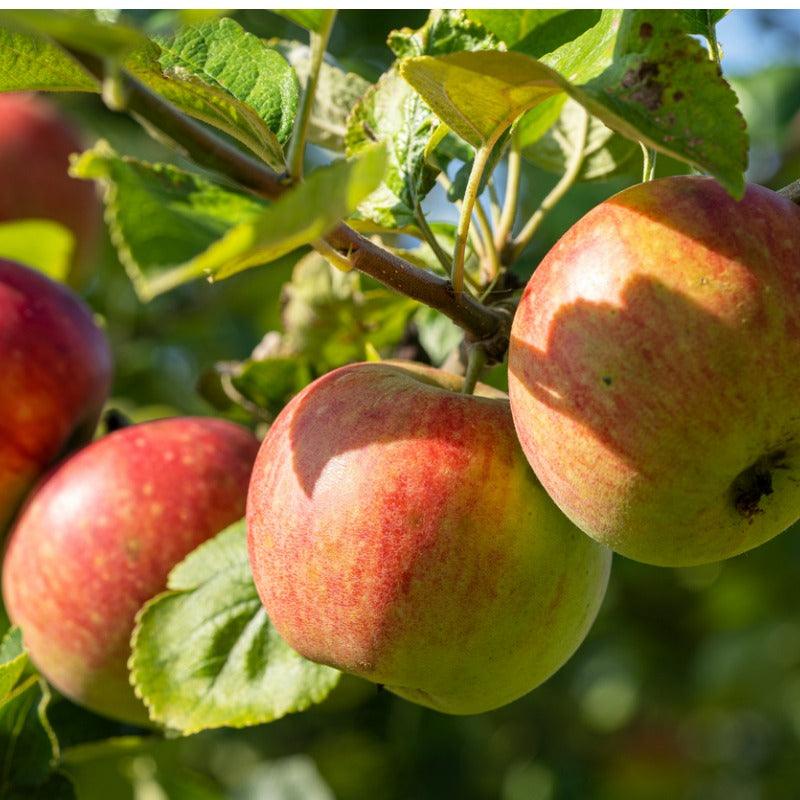
Bare Root Apple Trees
Browse one of the widest selections of bare root apple trees, ideal...
-
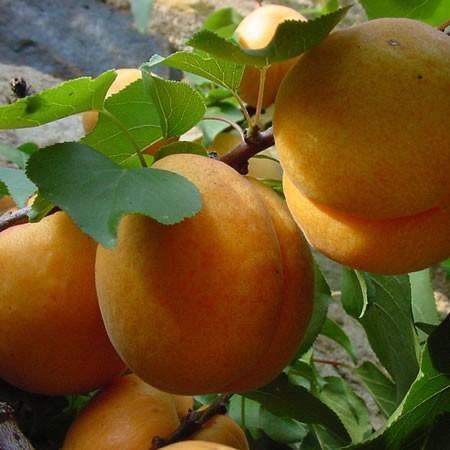
Apricot Trees
Apricot trees, Prunus armeniaca, are among the first stone fruits to ripen...
-
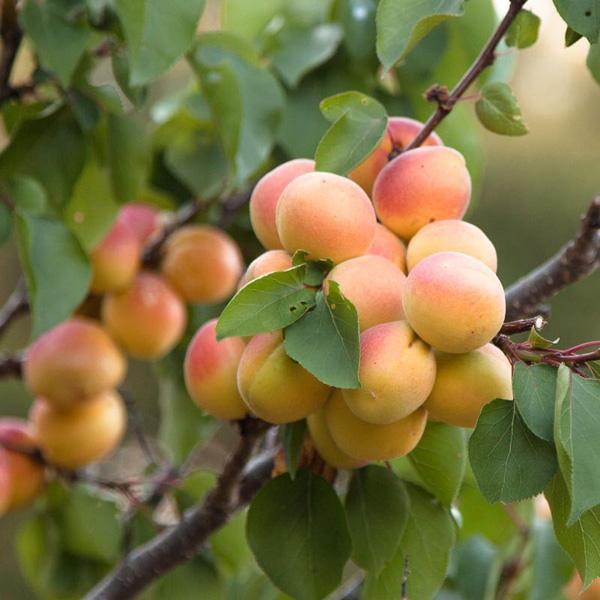
Aprium Trees (Apricot x Plum Hybrid)
What is special about an Aprium Tree? Apriums are a unique and...
-
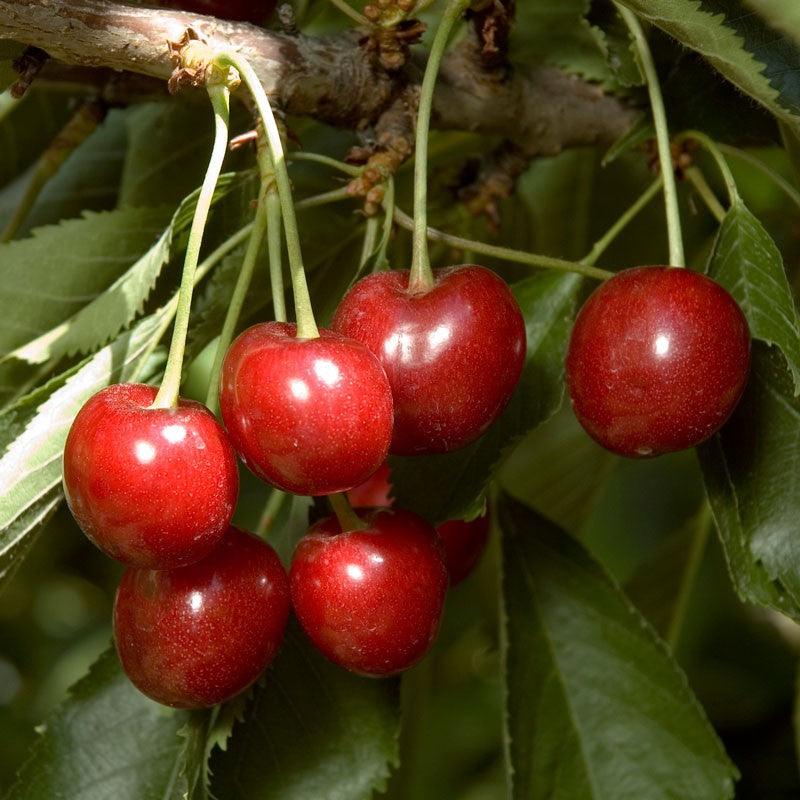
Bare Root Cherry Trees
Looking to grow your own cherries? We offer a wide selection of...
-
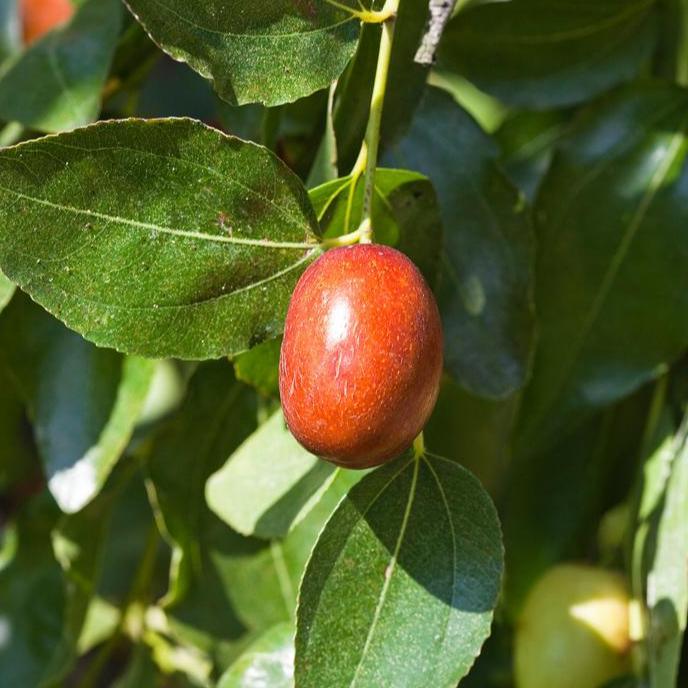
Jujube Trees
If you want a hardy and easy-to-grow fruit tree, the jujube tree...
-

Mulberry Trees
Mulberry trees, belonging to the family Moraceae, are renowned for their delicious...
-
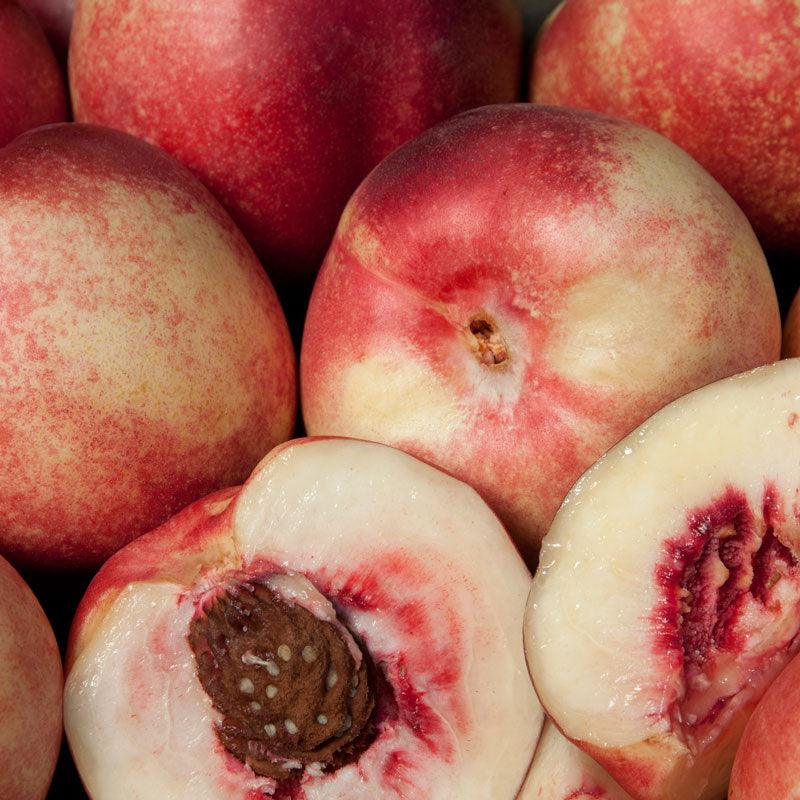
Nectarine Trees
Healthy Bare Root Nectarine Trees | Sweet, Juicy Homegrown Fruit Explore our...
-
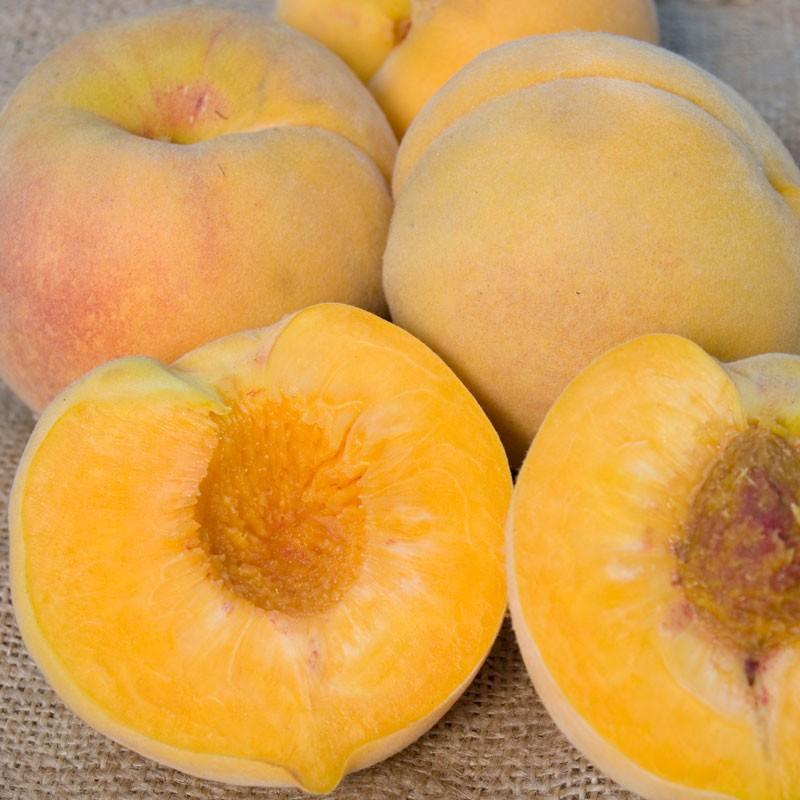
Bare Root Peach Trees
Grow Delicious Peaches with Bare Root Peach Trees Why Choose Bare Root...
-
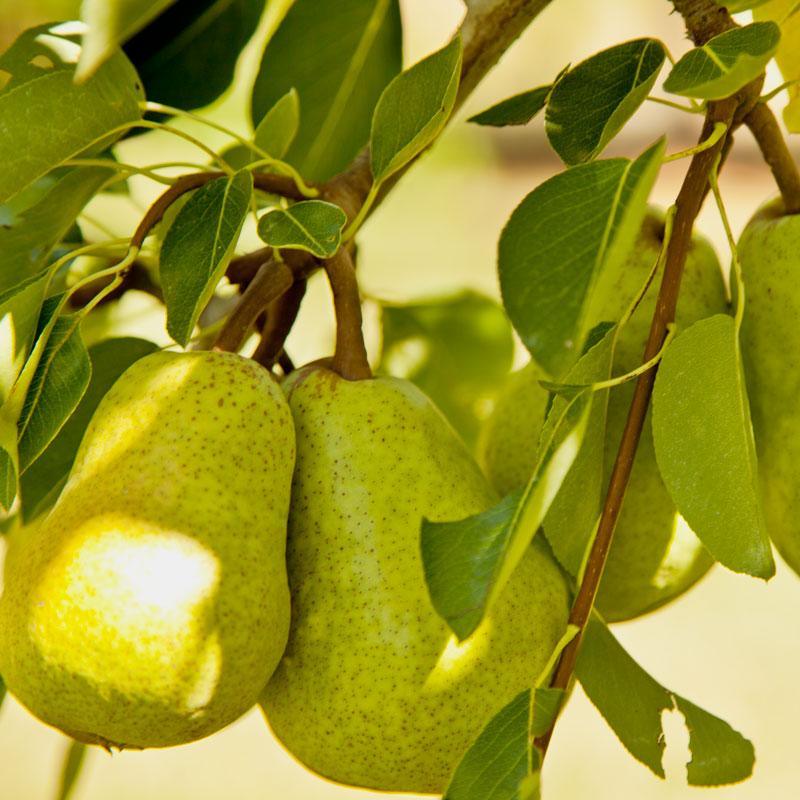
Pear Trees
Pear trees (Pyrus spp.) are medium sized, deciduous fruit trees ideal for...
-
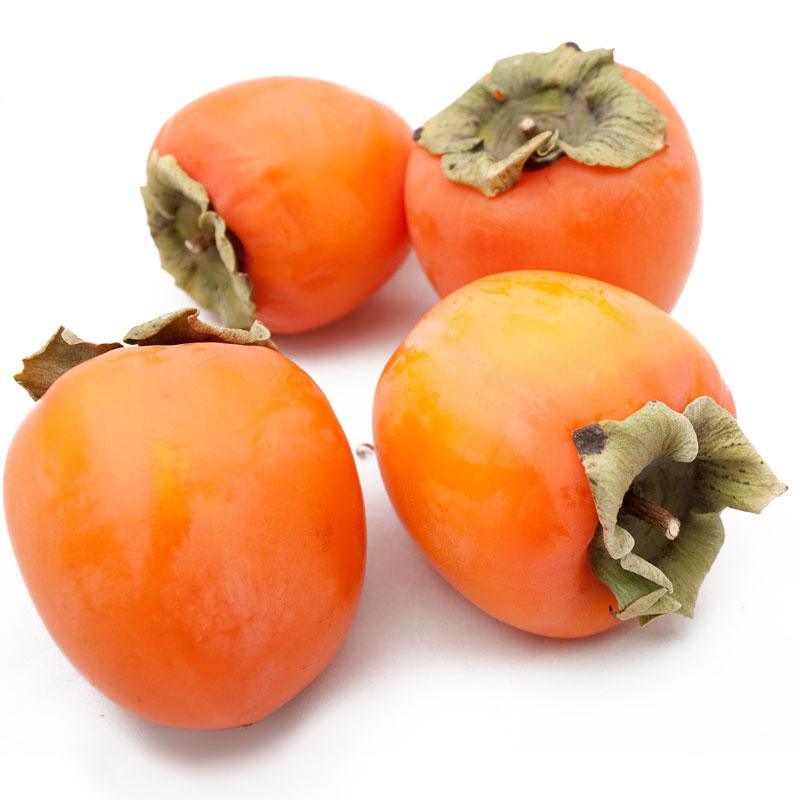
Persimmon Trees
Explore our selection of bare root persimmon trees, perfect for home gardens...
-
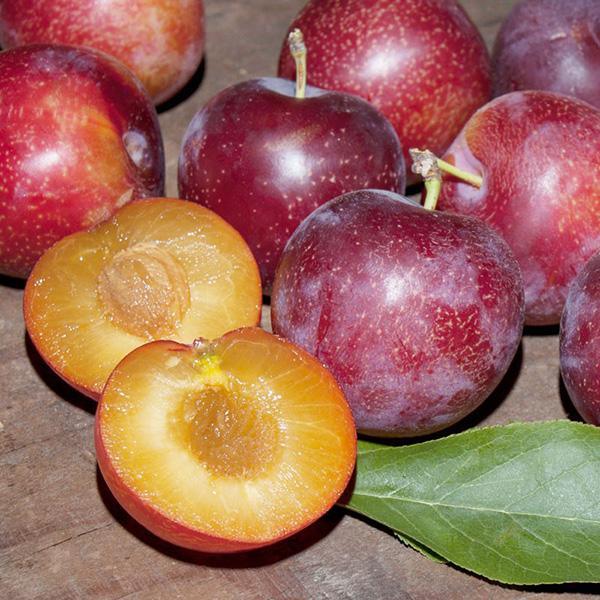
Pluerry Trees (Plum x Cherry Hybrid)
Pluerry Tree for Sale: Find the Ideal Pluerry Tree for Your Orchard...
-
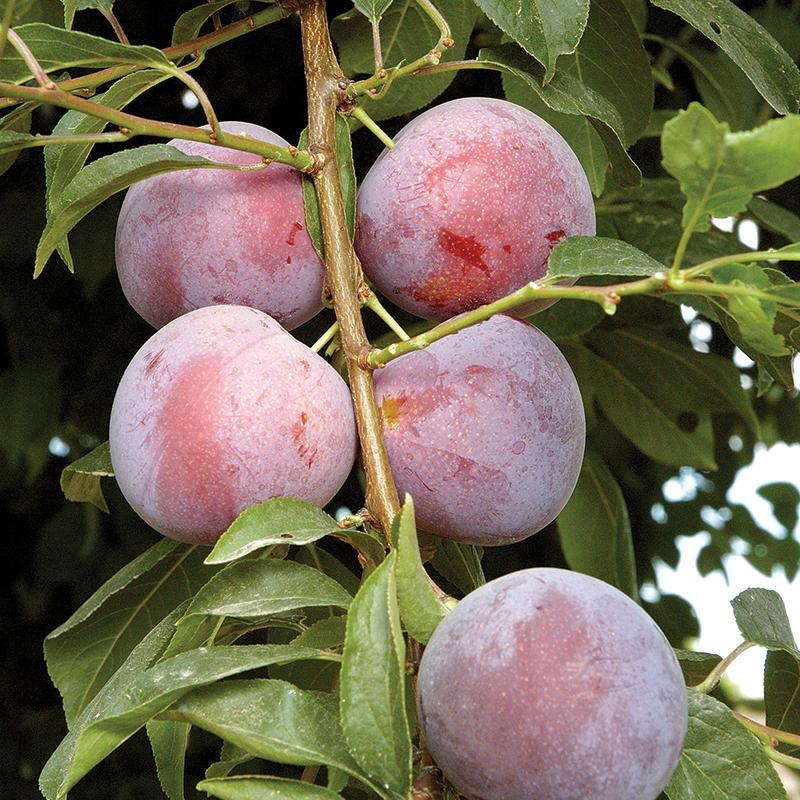
Plum Trees
Our premium bare root plum trees include Japanese plums, European plums, and...
-
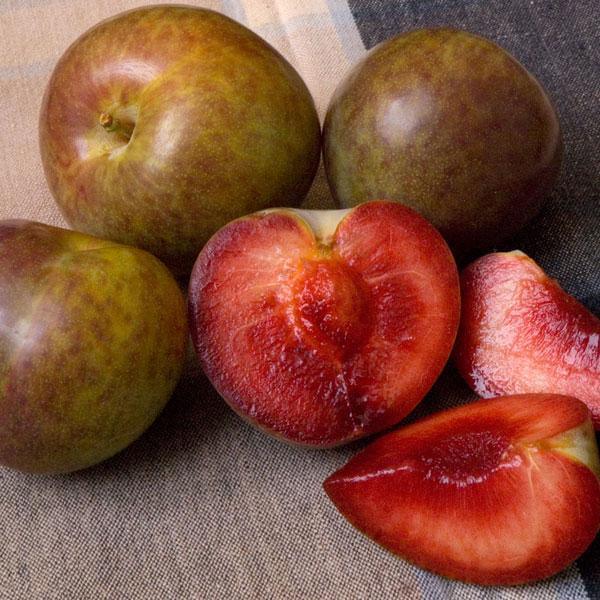
Pluot Trees (Plum x Apricot Hybrid)
Explore Our Pluot Trees – The Perfect Plum Apricot Hybrid Discover the...
-
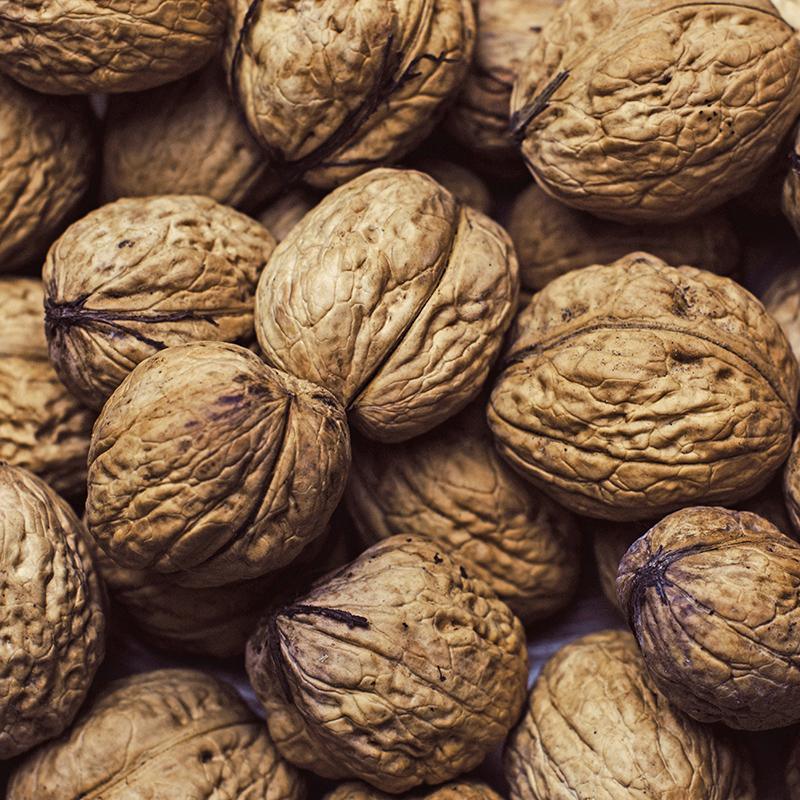
Walnut Trees
Explore Walnut Trees for Sale: The Majestic Walnut Tree for Your Garden...
Heirloom - Rare Collector Trees from Felix Gillet Institute
-
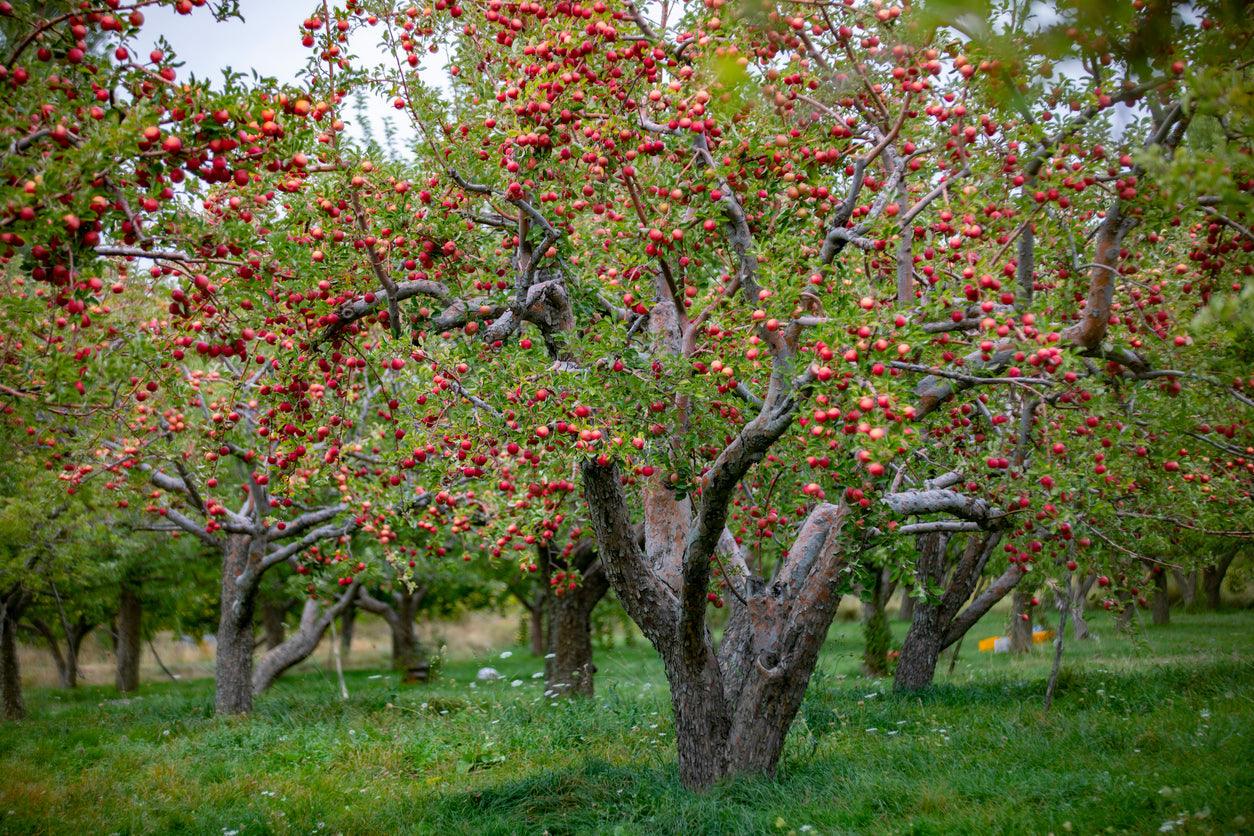
Felix Gillet Institute Rare Trees
Preserving Northern California's Historic Orchards for Future Generations 15% of proceeds from...
Potted Fruit and Nut Trees
-
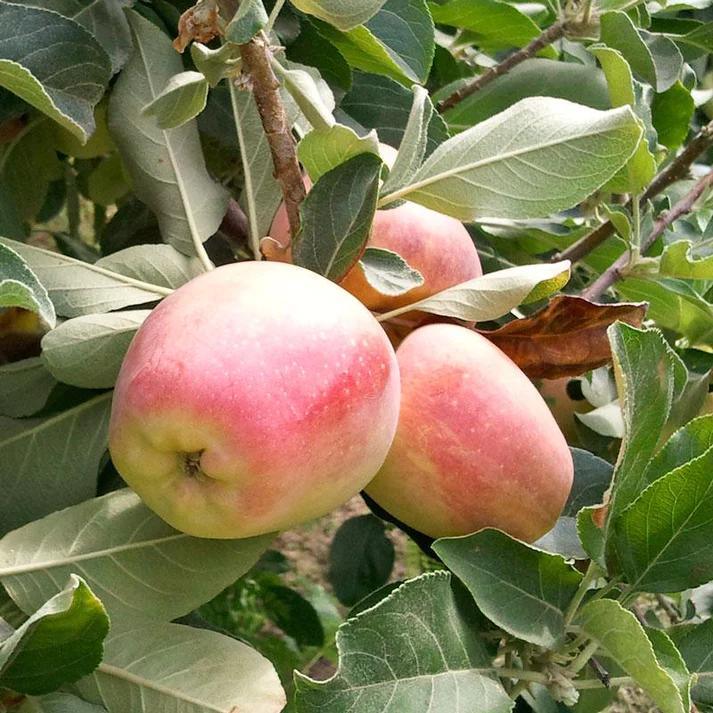
All Potted Fruit Trees
Care Tips for Container Fruit Trees Watering & Root Systems Since fruit...
-
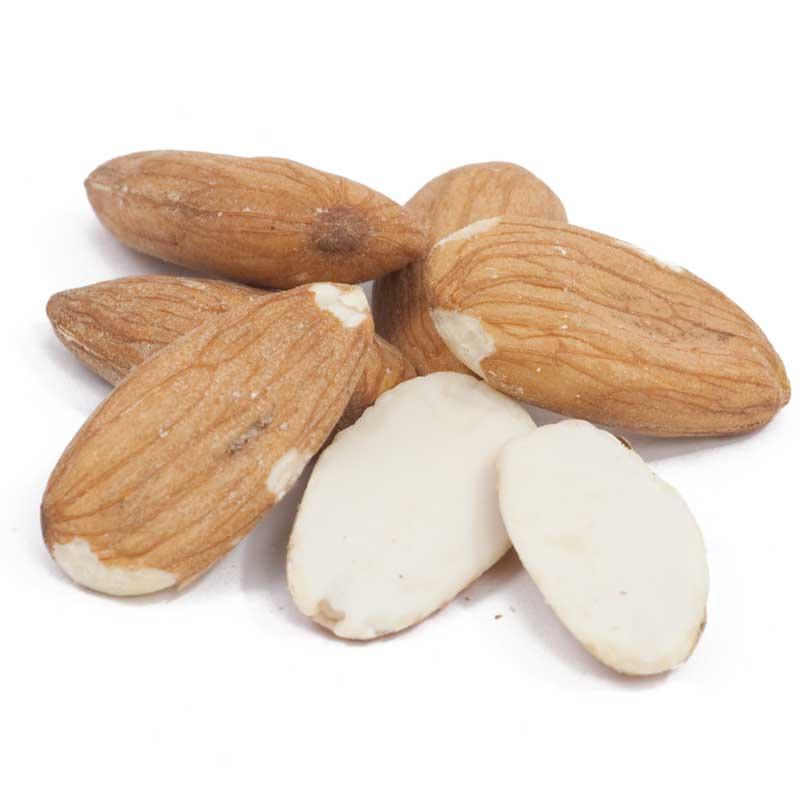
Almond Trees
The almond nut tree (Prunus dulcis), also known in some regions as...
-
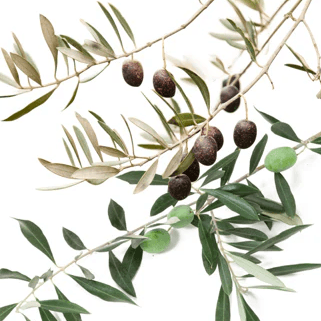
Olive Trees
Explore Our Selection of Olive Trees Our selection of olive trees features...
-
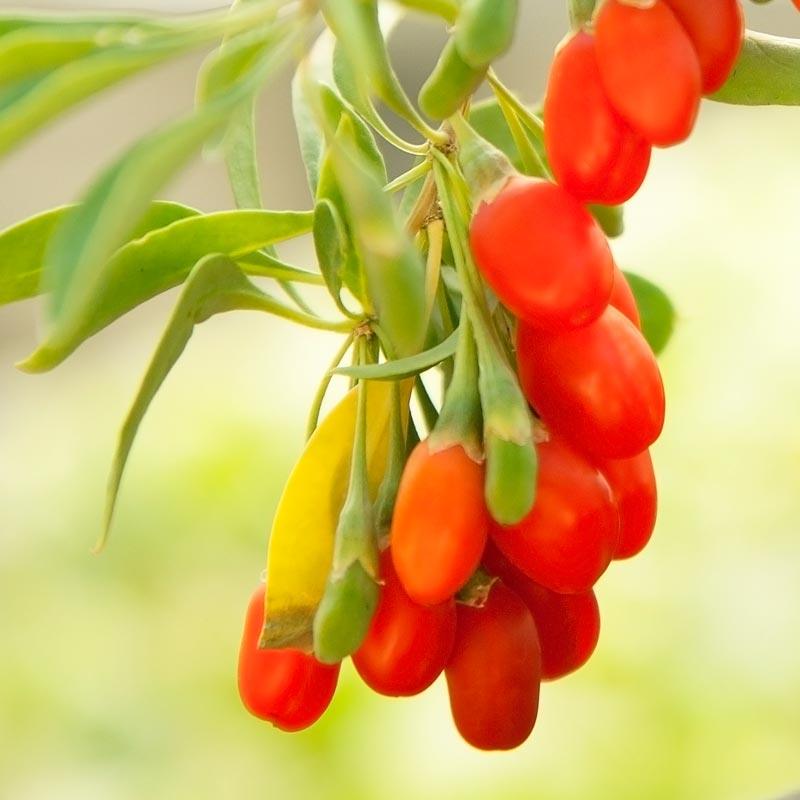
Goji Berries
Bring the benefits of goji berry (Lycium barbarum) into your garden with...
-
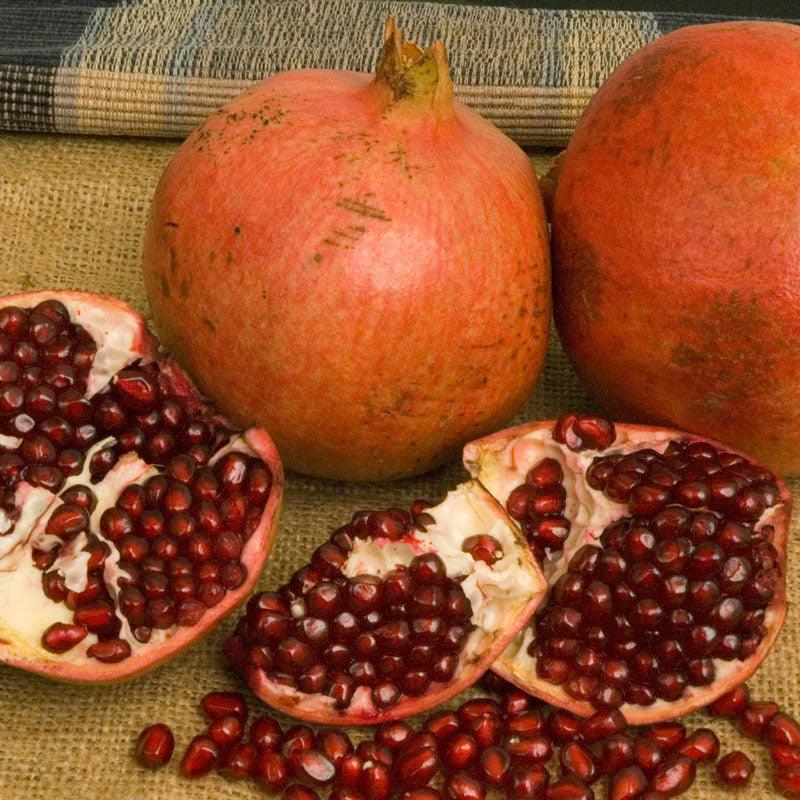
Pomegranate Trees
Pomegranate trees (Punica granatum) are prized fruit trees known for their resilience,...
-
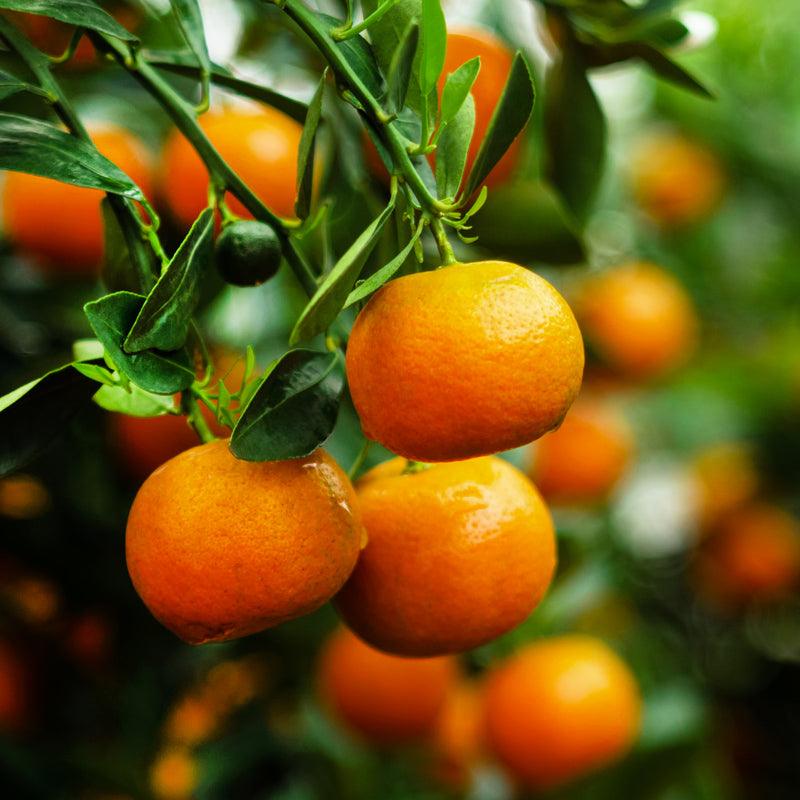
Citrus Trees
Citrus Trees for Every Home and Garden With their lush foliage, fragrant...
Planting Supplies
-
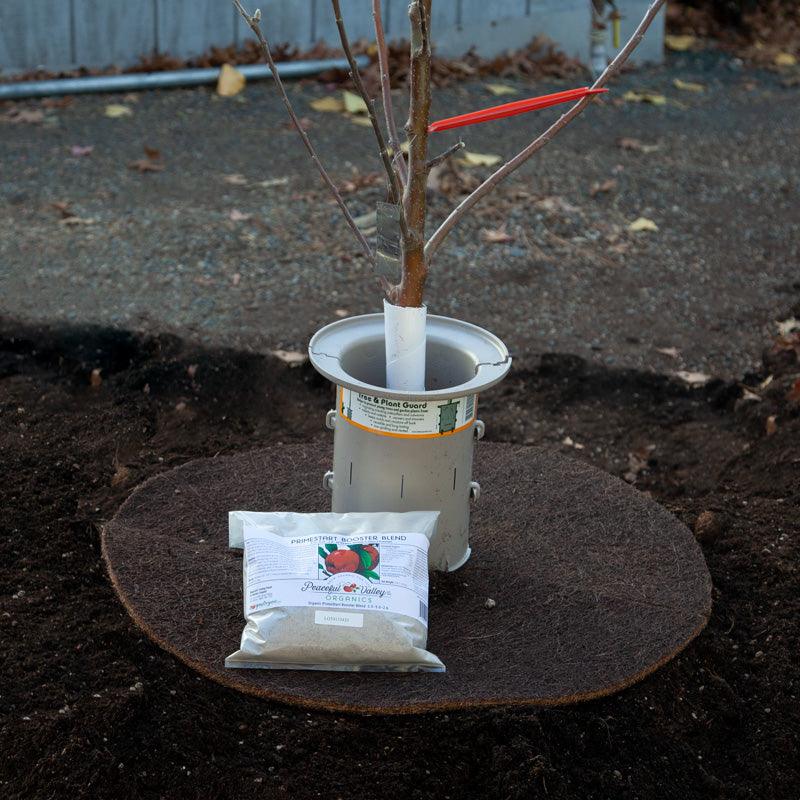
All Bare Root Planting Supplies
Bare Root Planting Supplies for Healthy Trees and Gardens At Grow Organic,...
-
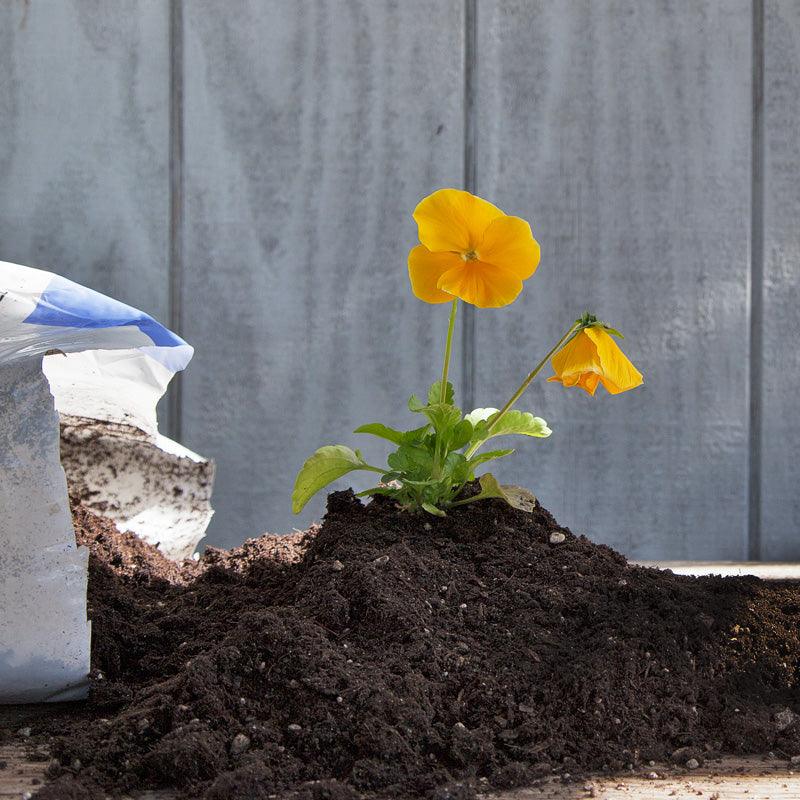
Growing Mediums
Provide your plants organic soil or soilless mix for seed starting (Quickroot)...
-
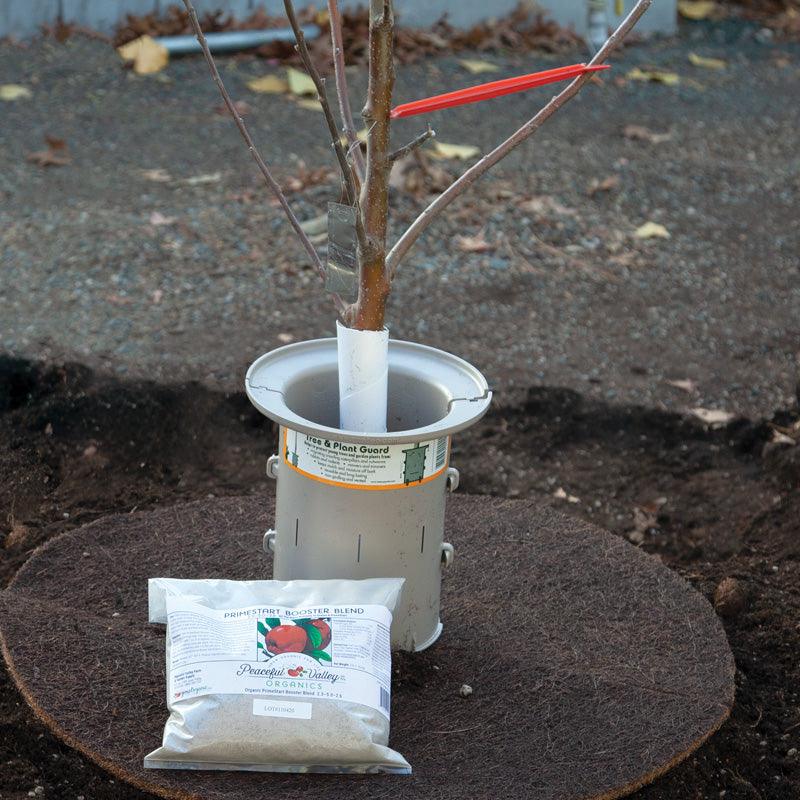
Tree Planting Kits
Tree Planting Kits: Contribute to the Environment and Enhance Your Surroundings Tree...
Tree Maintenance & Care
-
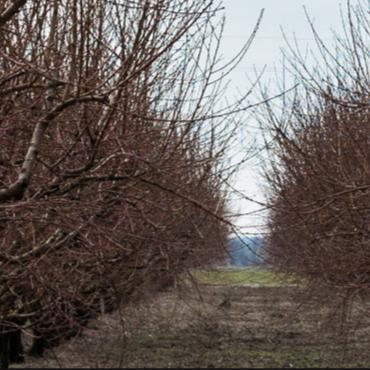
Dormant Sprays
In the world of organic gardening and orchard management, the application of...
-
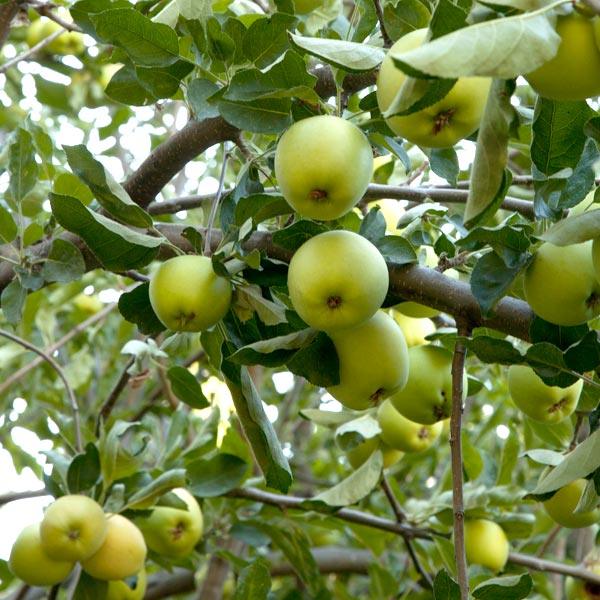
Fruit Tree Fertilizers
The Importance of Organic Fruit Tree Fertilizers Fruit trees are a cherished...
-
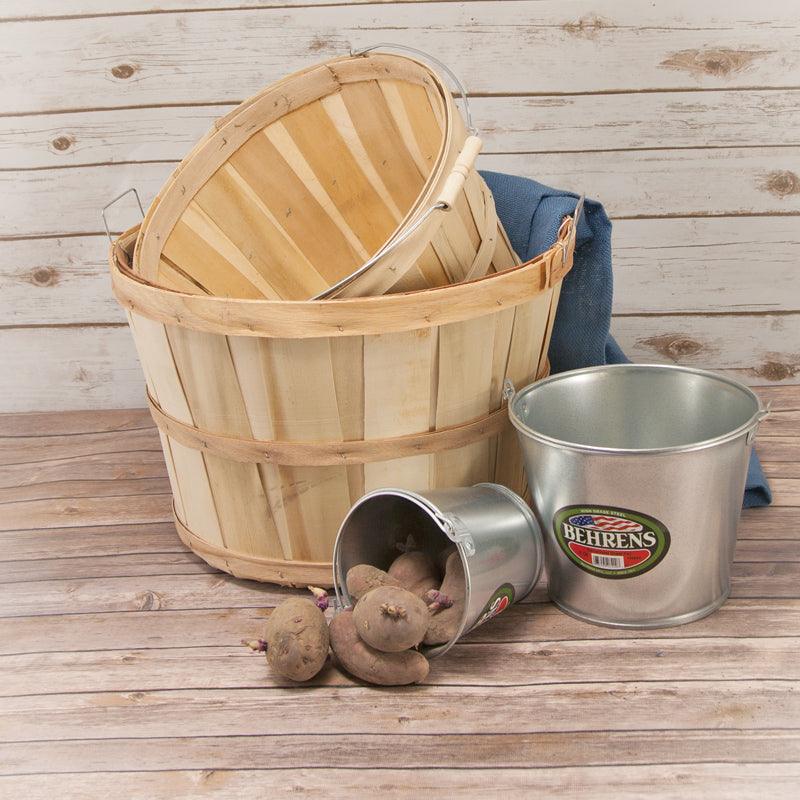
Harvesting Equipment
Whether you are a small hobby farmer or manage a large-scale operation,...
-

Pruning & Cutting Tools
Introduction to Pruning and Cutting Tools Pruning and cutting tools are...
Top Sellers
-
Jiro', Fuyu Persimmon, Tree
Regular price $69.99Regular priceUnit price per$69.99Sale $69.99EST. availability: 1/16/2026 -
Honey Crisp Apple Tree
Regular price $59.99Regular priceUnit price per$59.99Sale $59.99EST. availability: 1/16/2026 -
Bartlett Pear Tree
Regular price $59.99Regular priceUnit price per$59.99Sale $59.99EST. availability: 1/16/2026 -
Fuji Red Apple Tree
Regular price $59.99Regular priceUnit price per$59.99Sale $59.99EST. availability: 1/16/2026 -
Violette de Bordeaux Potted Fig Tree
Regular price $34.99Regular priceUnit price per$34.99Sale $34.99EST. availability: 1/16/2026 -
Double Delight Nectarine Tree
Regular price $59.99Regular priceUnit price per$59.99Sale $59.99EST. availability: 1/16/2026 -
Flavor King Pluot Tree
Regular price $59.99Regular priceUnit price per$59.99Sale $59.99EST. availability: 1/16/2026 -
Harcot Apricot Tree
Regular price $59.99Regular priceUnit price per$59.99Sale $59.99EST. availability: 1/16/2026 -
Gala Apple Tree
Regular price $59.99Regular priceUnit price per$59.99Sale $59.99EST. availability: 1/16/2026 -
Granny Smith Apple Tree
Regular price $59.99Regular priceUnit price per$59.99Sale $59.99EST. availability: 1/16/2026 -
Low Chill Apple, 4 on 1 Multi Grafted Fruit Tree
Regular price $89.99Regular priceUnit price per$89.99Sale $89.99EST. availability: 1/16/2026 -
Minnie Royal Cherry Tree
Regular price $59.99Regular priceUnit price per$59.99Sale $59.99EST. availability: 1/16/2026 -
Burgundy Plum Tree
Regular price $59.99Regular priceUnit price per$59.99Sale $59.99EST. availability: 1/16/2026 -
"Constant Harvest" Apple, 4 on 1 Multi Grafted Fruit Tree
Regular price $89.99Regular priceUnit price per$89.99Sale $89.99EST. availability: 1/16/2026 -
Disease Resistant Pears, 4 on 1 Multi Grafted Fruit Tree
Regular price $89.99Regular priceUnit price per$89.99Sale $89.99EST. availability: 1/16/2026 -
Indian Free White Peach Tree
Regular price $59.99Regular priceUnit price per$59.99Sale $59.99EST. availability: 1/16/2026 -
Western "Fruit Salad" 4 on 1 Multi Grafted Fruit Tree
Regular price $89.99Regular priceUnit price per$89.99Sale $89.99EST. availability: 1/16/2026 -
Royal Lee Cherry Tree
Regular price $59.99Regular priceUnit price per$59.99Sale $59.99EST. availability: 1/16/2026 -
Flavor Grenade Pluot Tree
Regular price $59.99Regular priceUnit price per$59.99Sale $59.99EST. availability: 1/16/2026 -
Elberta Peach Tree
Regular price $59.99Regular priceUnit price per$59.99Sale $59.99EST. availability: 1/16/2026 -
Improved Brown Turkey Potted Fig Tree
Regular price $34.99Regular priceUnit price per$34.99Sale $34.99EST. availability: 1/16/2026 -
Potted Pomegranate Tree - Kashmir
Regular price $34.99Regular priceUnit price per$34.99Sale $34.99EST. availability: 1/16/2026 -
20th Century Asian Pear Tree
Regular price $59.99Regular priceUnit price per$59.99Sale $59.99EST. availability: 1/16/2026 -
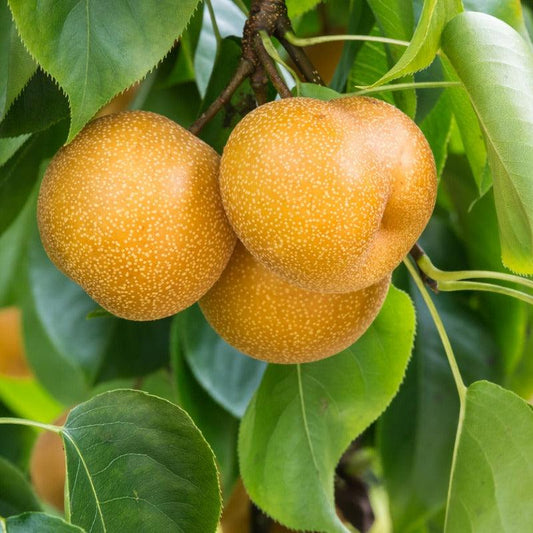 Sold out
Sold outHosui Asian Pear Tree
Regular price $59.99Regular priceUnit price per$59.99Sale $59.99EST. availability: 1/16/2026Sold out -
Shinseiki Asian Pear Tree
Regular price $59.99Regular priceUnit price per$59.99Sale $59.99EST. availability: 1/16/2026 -
Black Tartarian Cherry Tree
Regular price $59.99Regular priceUnit price per$59.99Sale $59.99EST. availability: 1/16/2026 -
Black Mission Potted Fig Tree
Regular price $34.99Regular priceUnit price per$34.99Sale $34.99EST. availability: 1/16/2026 -
Snow Queen Nectarine Tree
Regular price $59.99Regular priceUnit price per$59.99Sale $59.99EST. availability: 1/16/2026 -
Hachiya Persimmon Tree
Regular price $69.99Regular priceUnit price per$69.99Sale $69.99EST. availability: 1/16/2026 -
Stark Saturn Peach Tree
Regular price $59.99Regular priceUnit price per$59.99Sale $59.99EST. availability: 1/16/2026 -
Tiger Panache Potted Fig Tree
Regular price $34.99Regular priceUnit price per$34.99Sale $34.99EST. availability: 1/16/2026 -
Potted Pomegranate Tree - Wonderful
Regular price $34.99Regular priceUnit price per$34.99Sale $34.99EST. availability: 1/16/2026 -
Li Jujube Tree
Regular price $69.99Regular priceUnit price per$69.99Sale $69.99EST. availability: 1/16/2026 -
Red Baron Peach Tree
Regular price $59.99Regular priceUnit price per$59.99Sale $59.99EST. availability: 1/16/2026 -
Stella Cherry Tree
Regular price $59.99Regular priceUnit price per$59.99Sale $59.99EST. availability: 1/16/2026 -
Dwarf Fuji Apple Tree
Regular price $59.99Regular priceUnit price per$59.99Sale $59.99EST. availability: 1/16/2026 -
Italian Plum Tree
Regular price $59.99Regular priceUnit price per$59.99Sale $59.99EST. availability: 1/16/2026 -
Sweet Treat Pluerry Tree
Regular price $59.99Regular priceUnit price per$59.99Sale $59.99EST. availability: 1/16/2026 -
Bosc Pear Tree
Regular price $59.99Regular priceUnit price per$59.99Sale $59.99EST. availability: 1/16/2026 -
Flavor Delight Aprium Tree
Regular price $59.99Regular priceUnit price per$59.99Sale $59.99EST. availability: 1/16/2026 -
Golden Delicious Apple Tree
Regular price $59.99Regular priceUnit price per$59.99Sale $59.99EST. availability: 1/16/2026 -
French Improved Prune Tree
Regular price $59.99Regular priceUnit price per$59.99Sale $59.99EST. availability: 1/16/2026 -
Warren Pear Tree
Regular price $59.99Regular priceUnit price per$59.99Sale $59.99EST. availability: 1/16/2026 -
Mericrest Nectarine Tree
Regular price $59.99Regular priceUnit price per$59.99Sale $59.99EST. availability: 1/16/2026 -
Splash Zaiger Pluot Tree
Regular price $59.99Regular priceUnit price per$59.99Sale $59.99EST. availability: 1/16/2026 -
Suncrest Peach Tree
Regular price $59.99Regular priceUnit price per$59.99Sale $59.99EST. availability: 1/16/2026 -
Potted Pomegranate Tree - Eversweet
Regular price $34.99Regular priceUnit price per$34.99Sale $34.99EST. availability: 1/16/2026 -
Comice Pear Tree
Regular price $59.99Regular priceUnit price per$59.99Sale $59.99EST. availability: 1/16/2026


